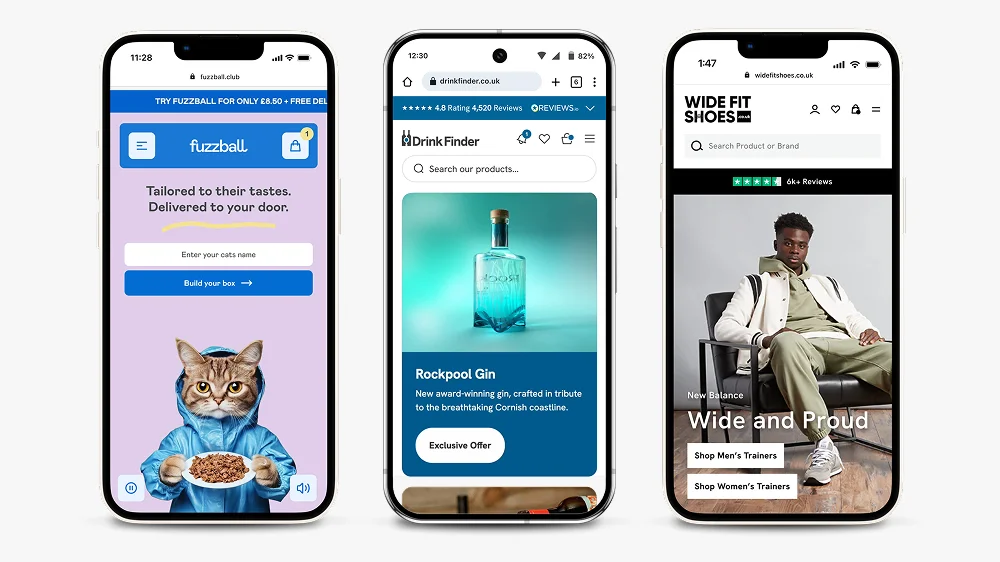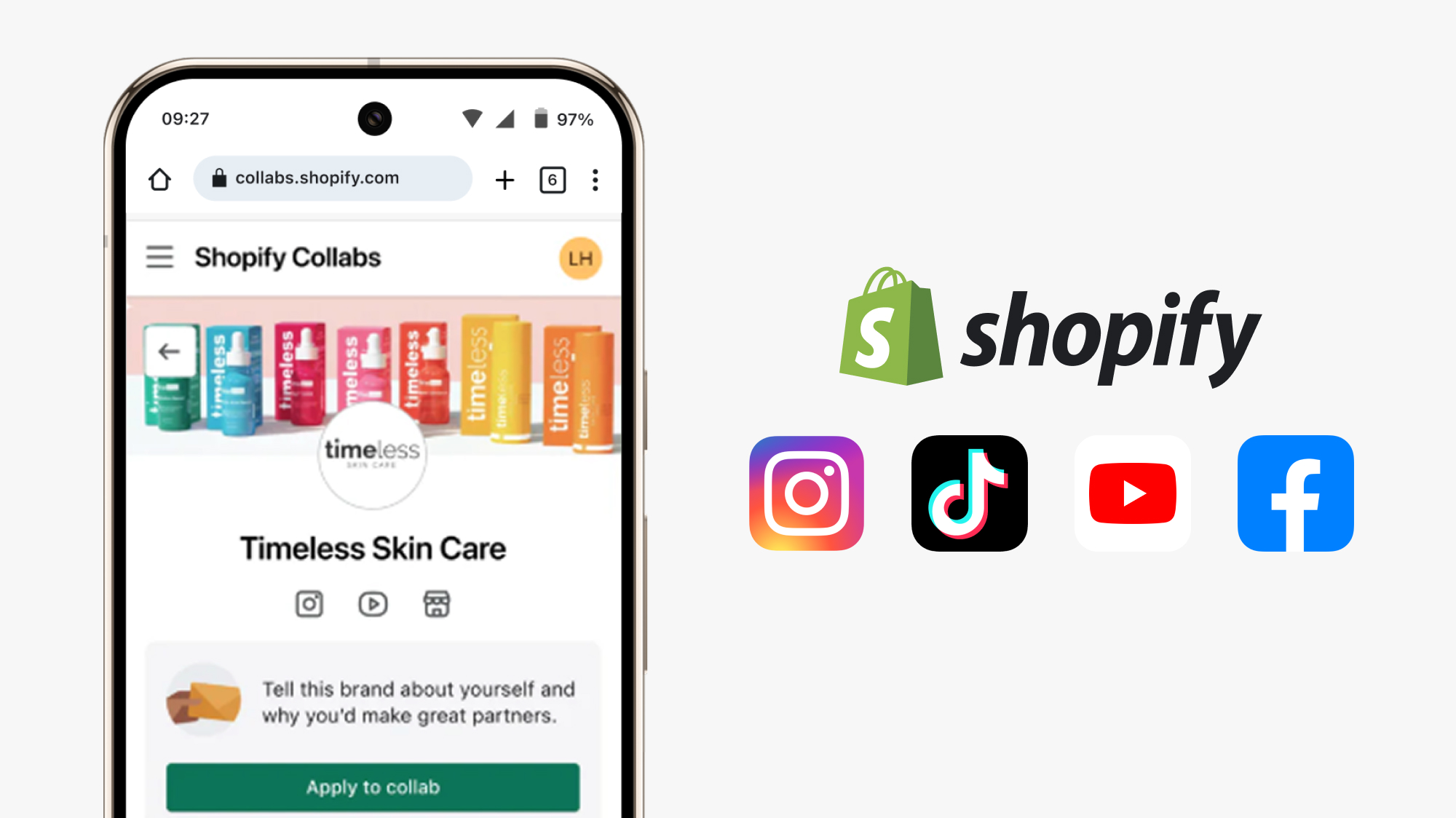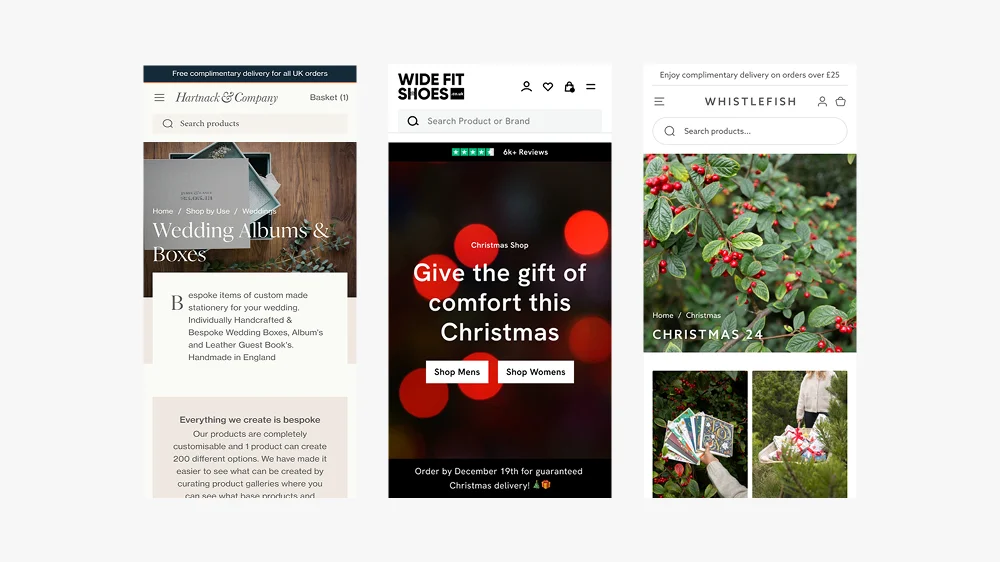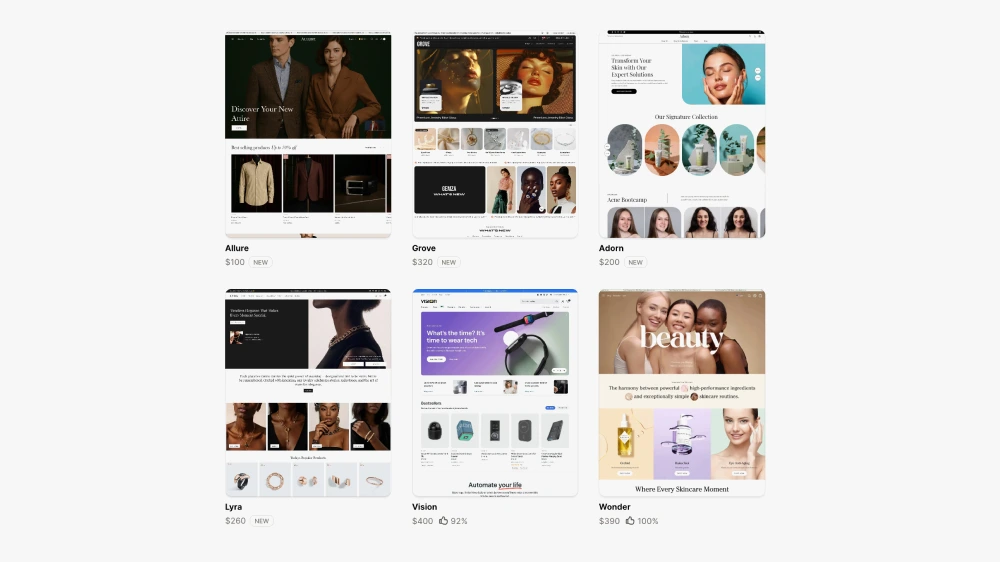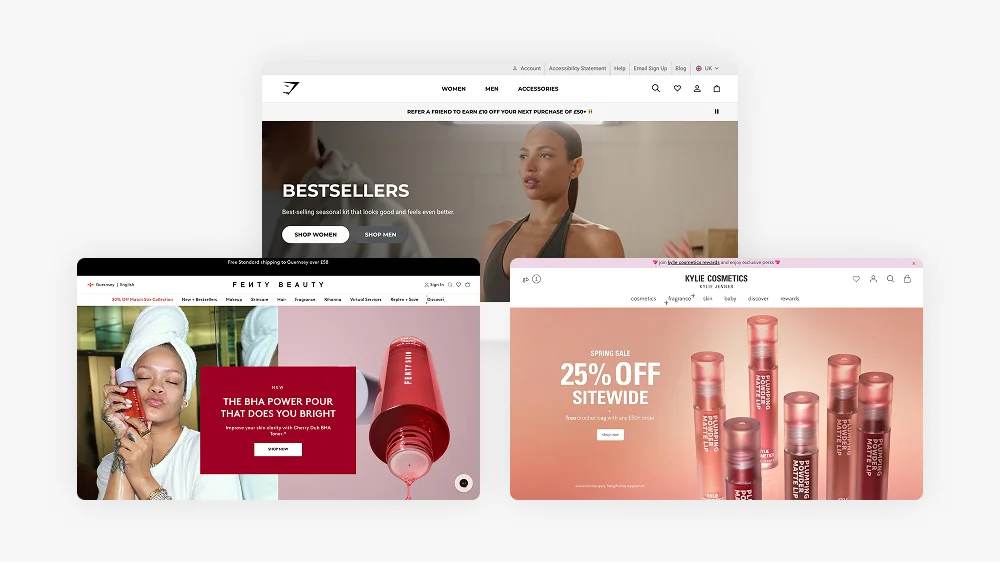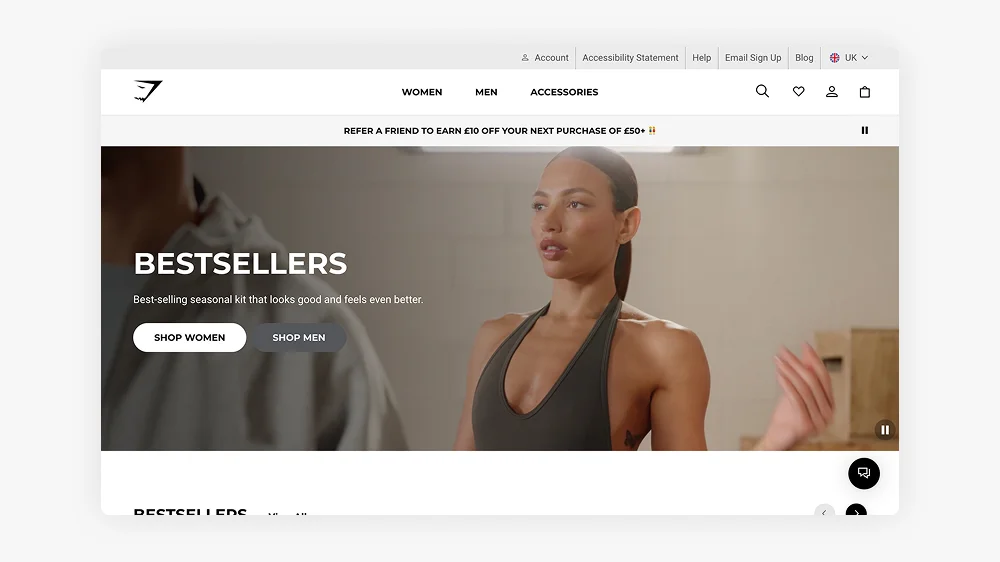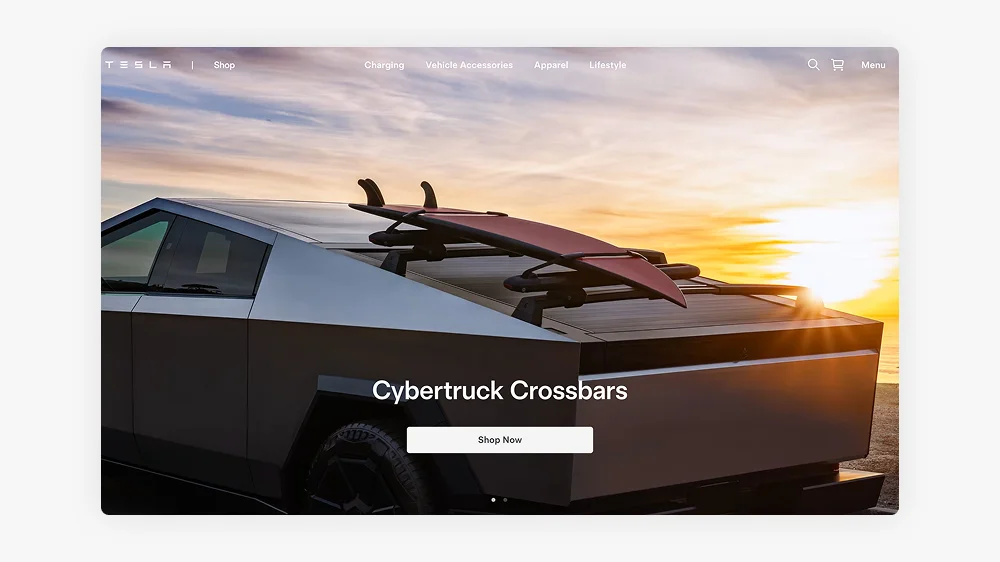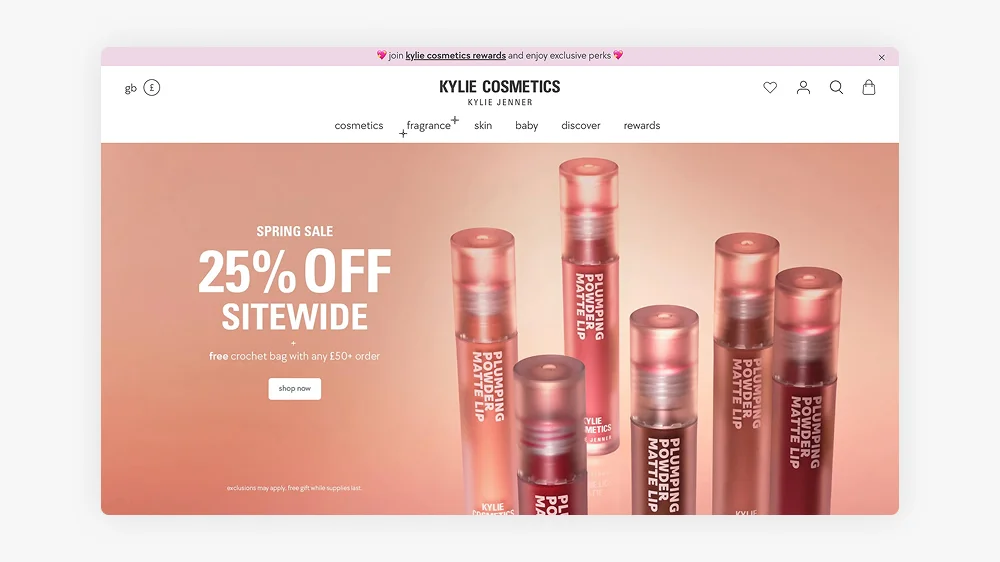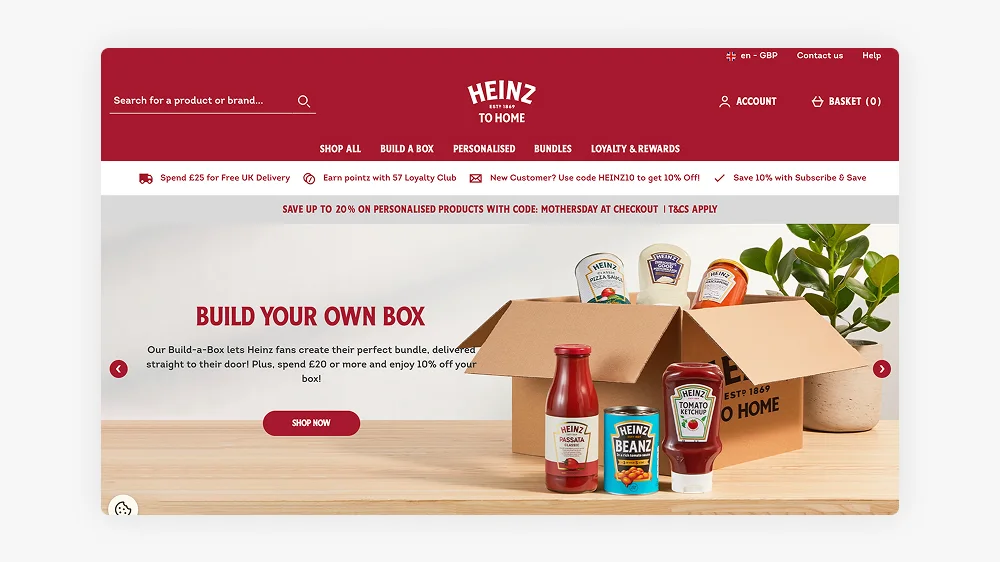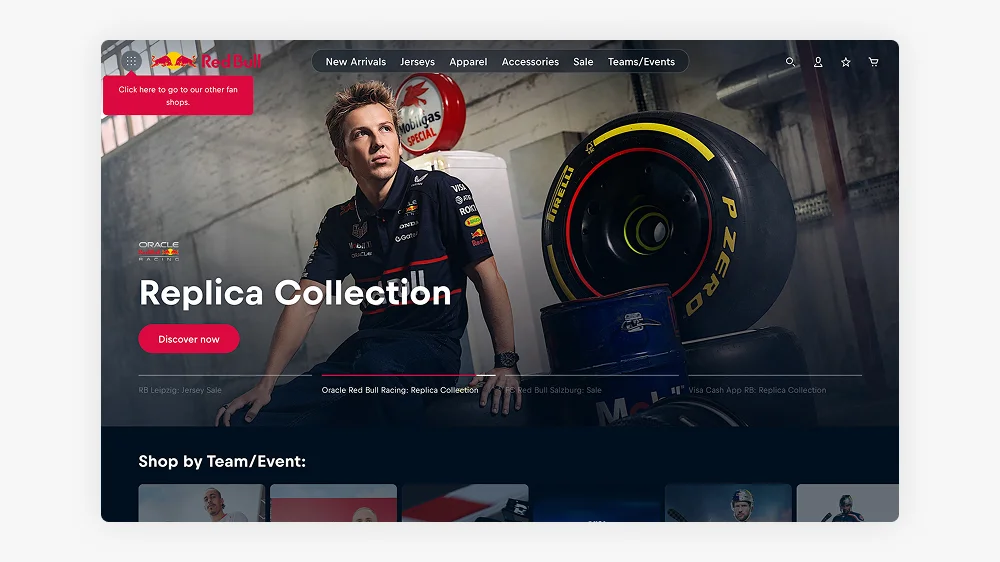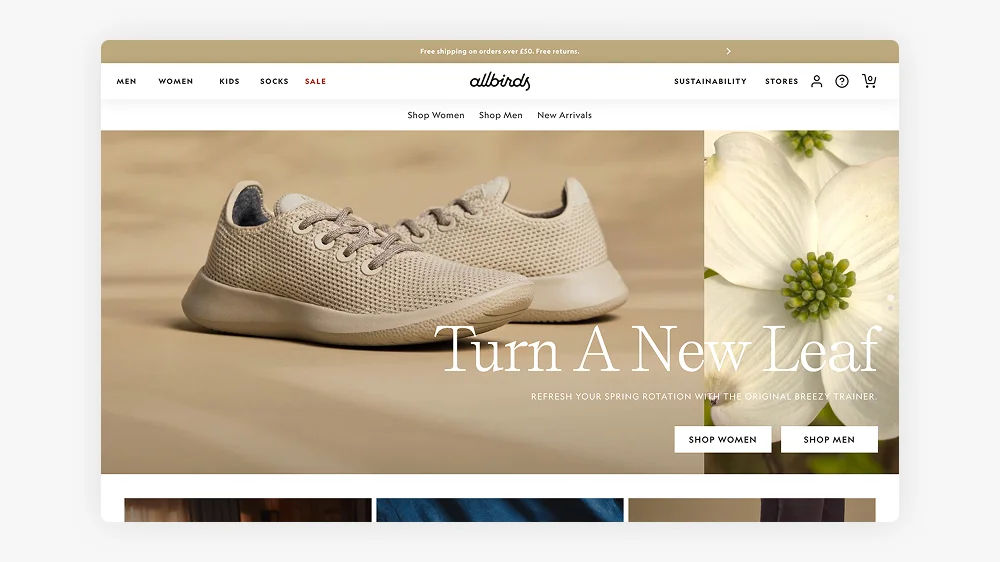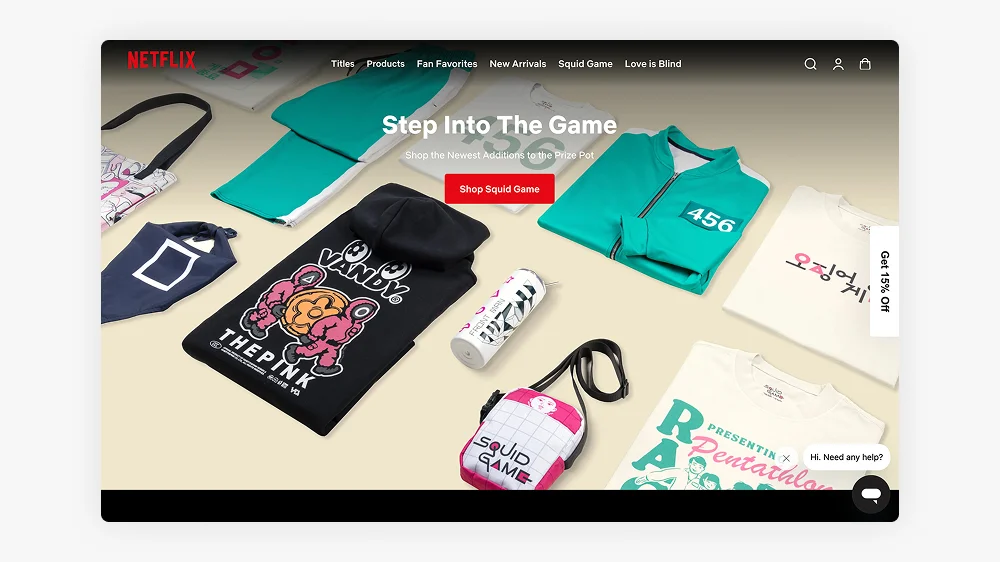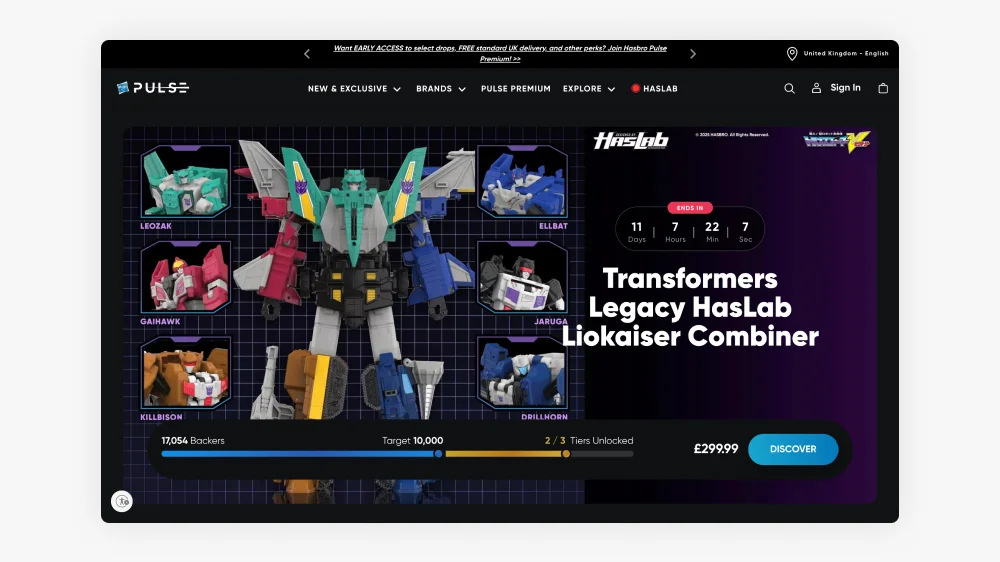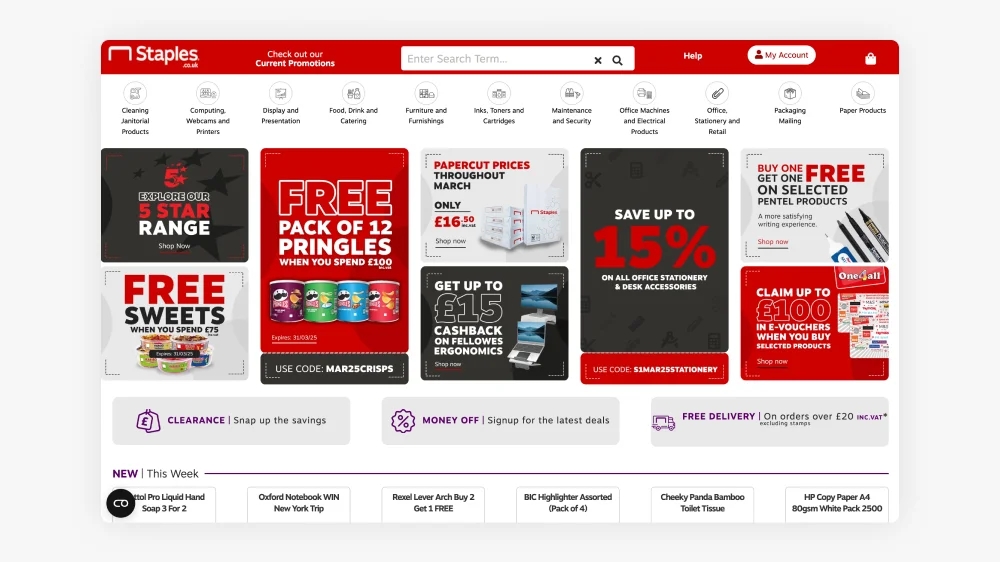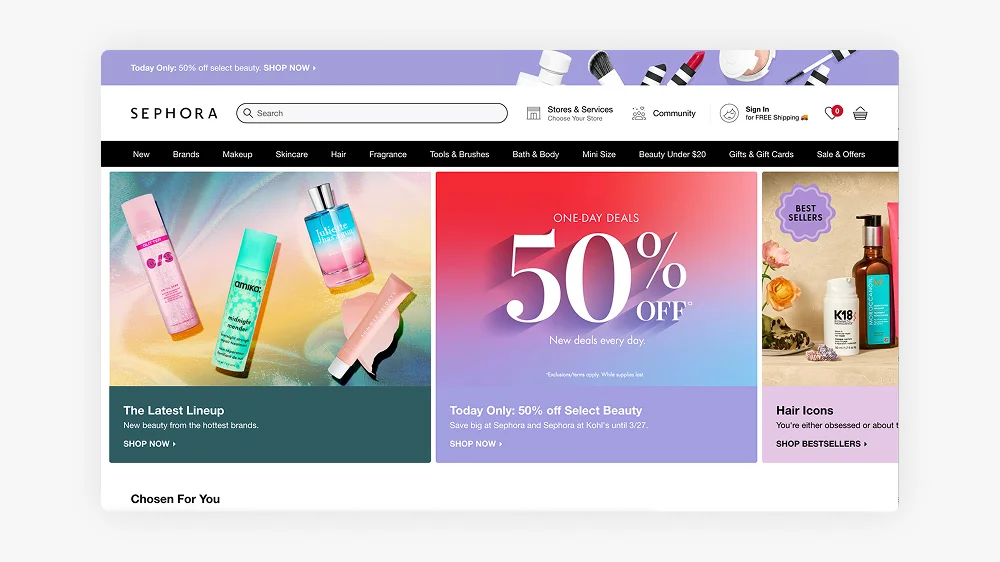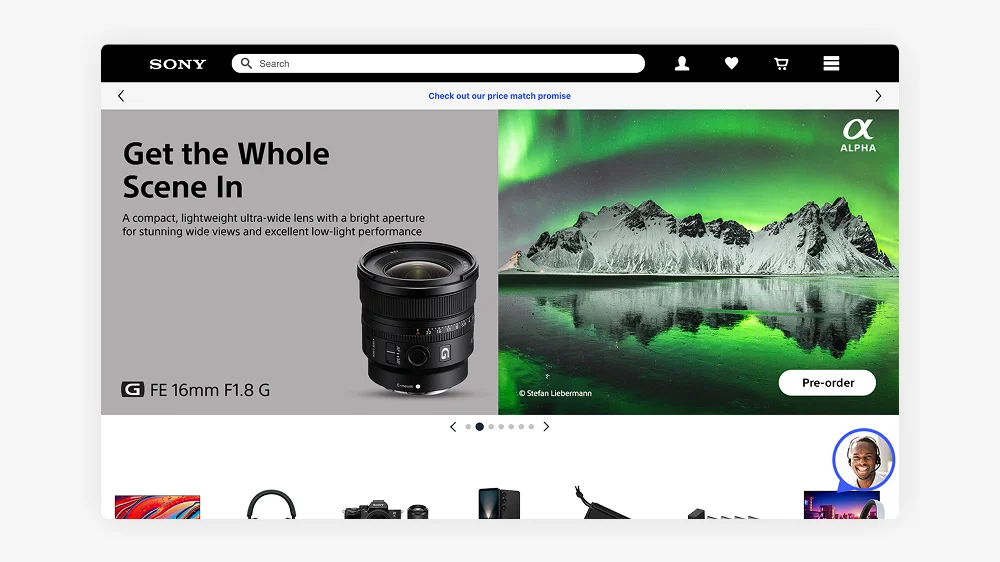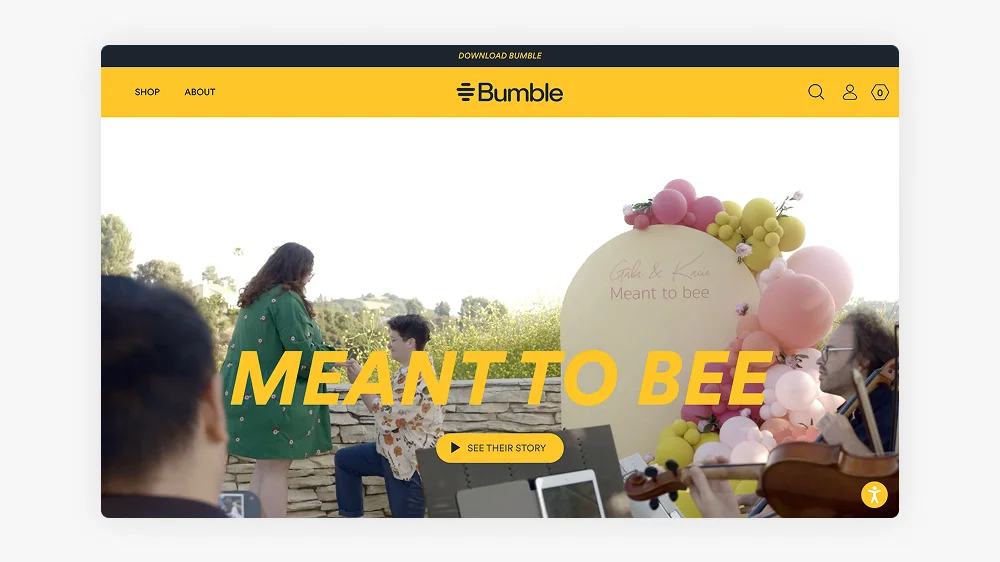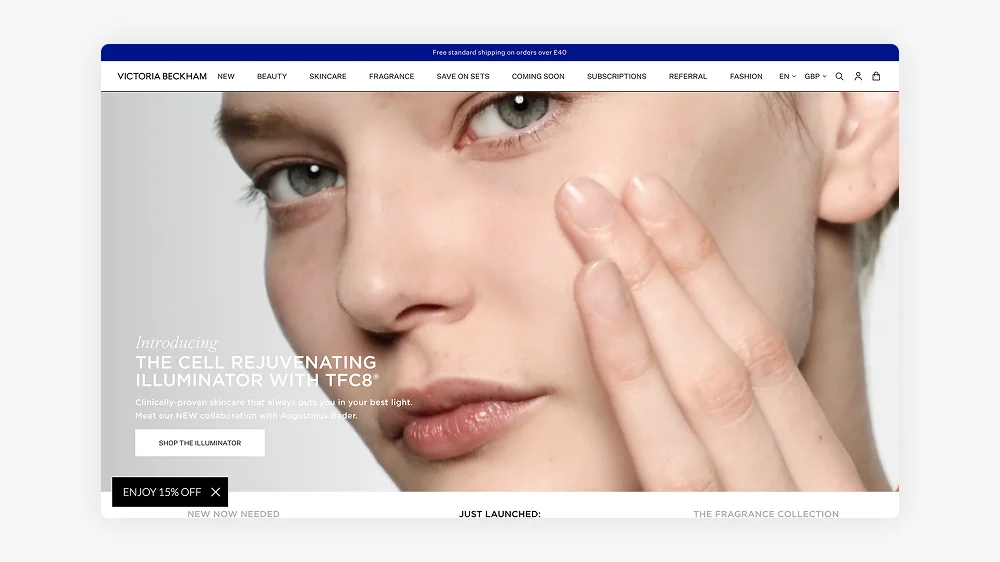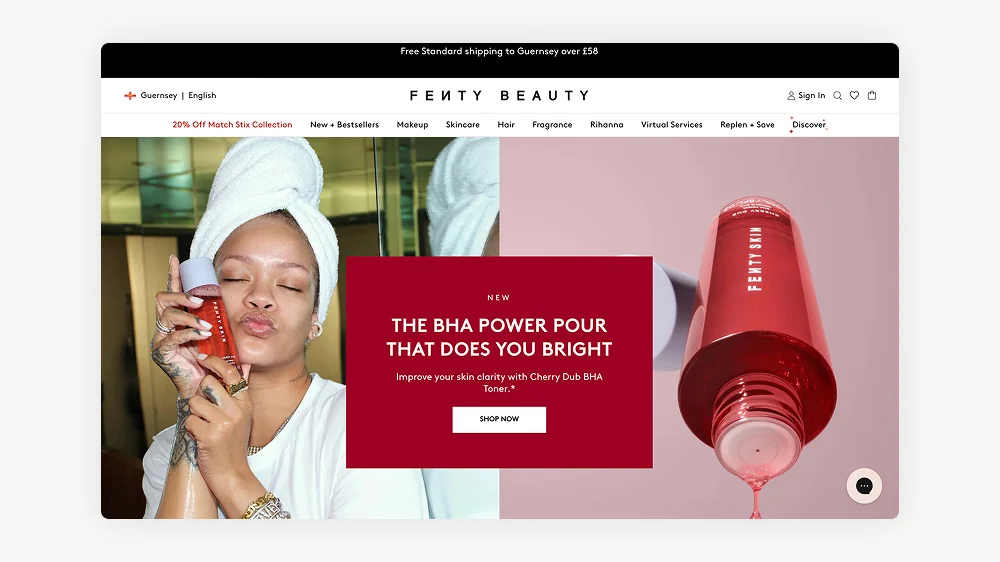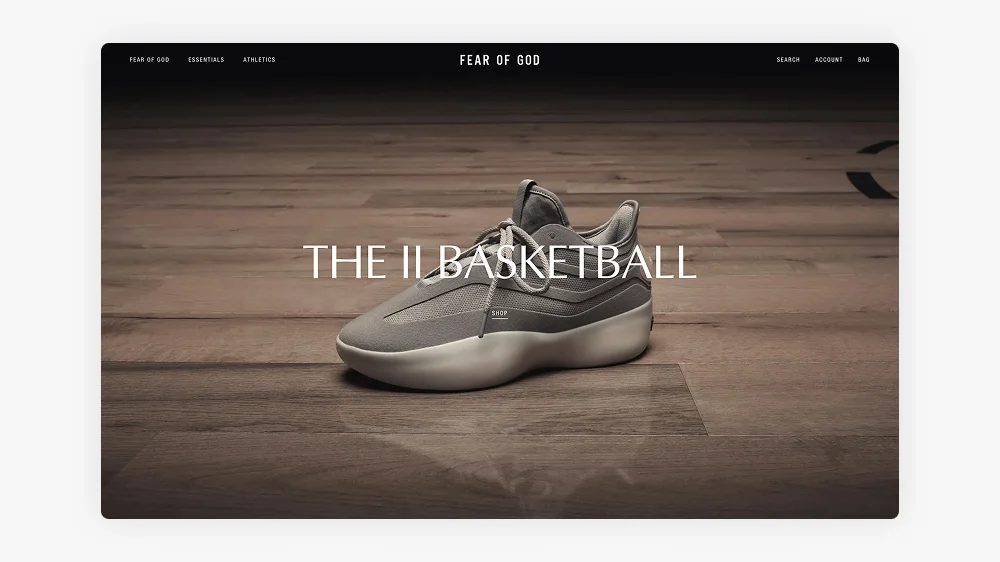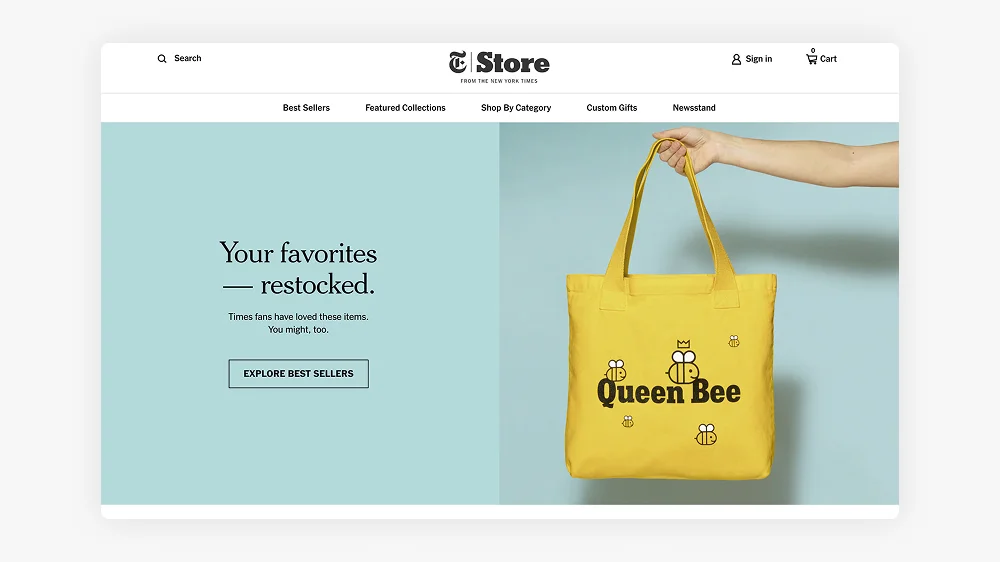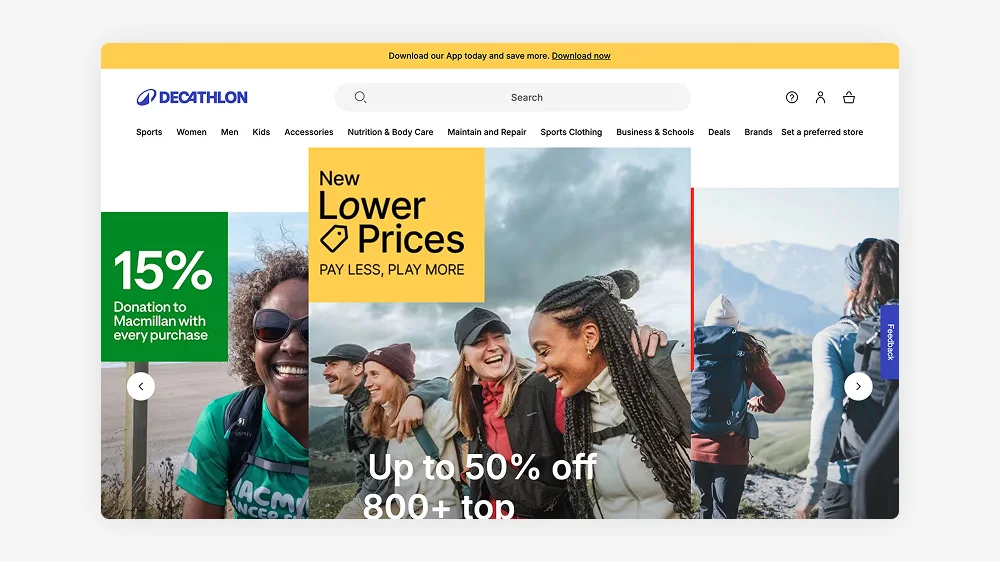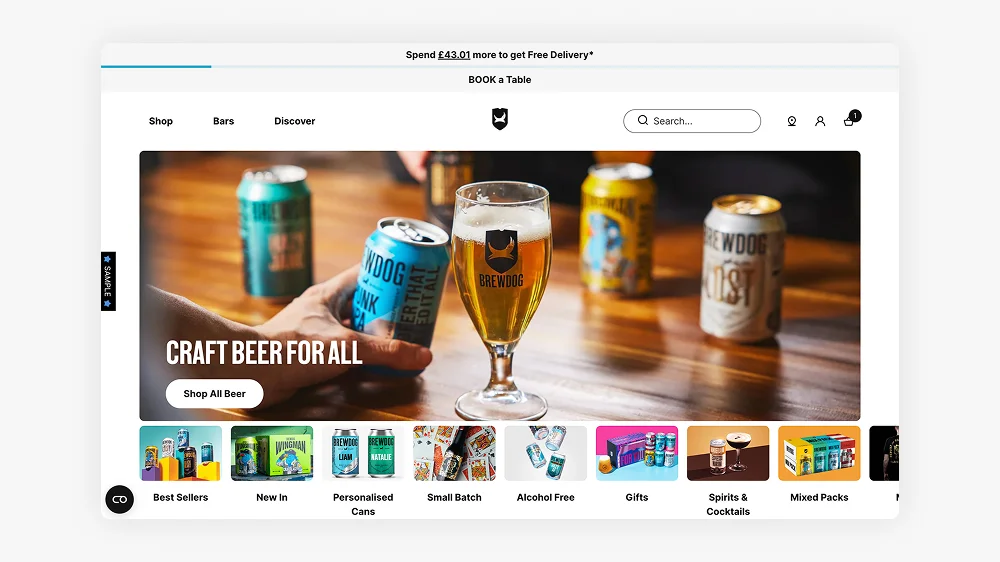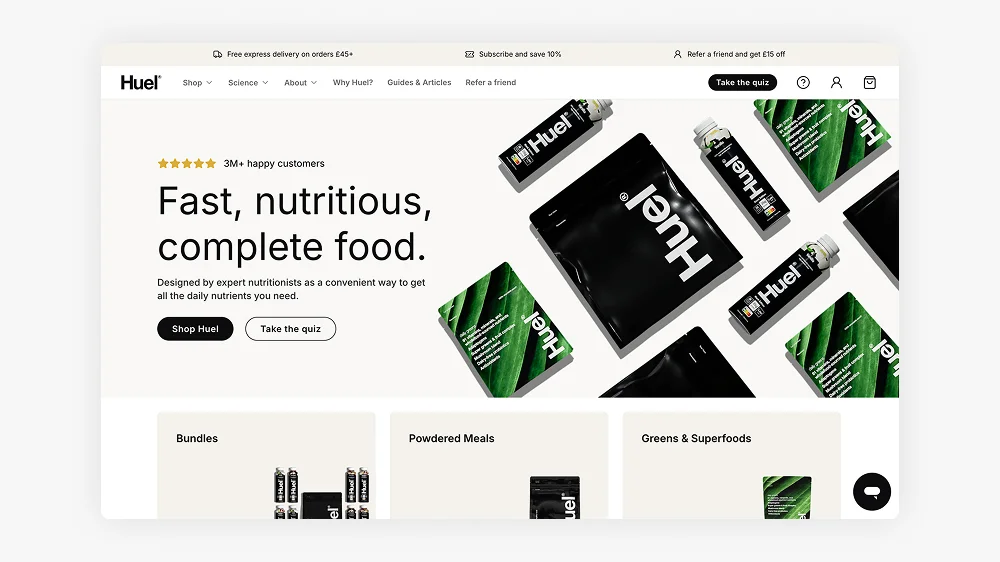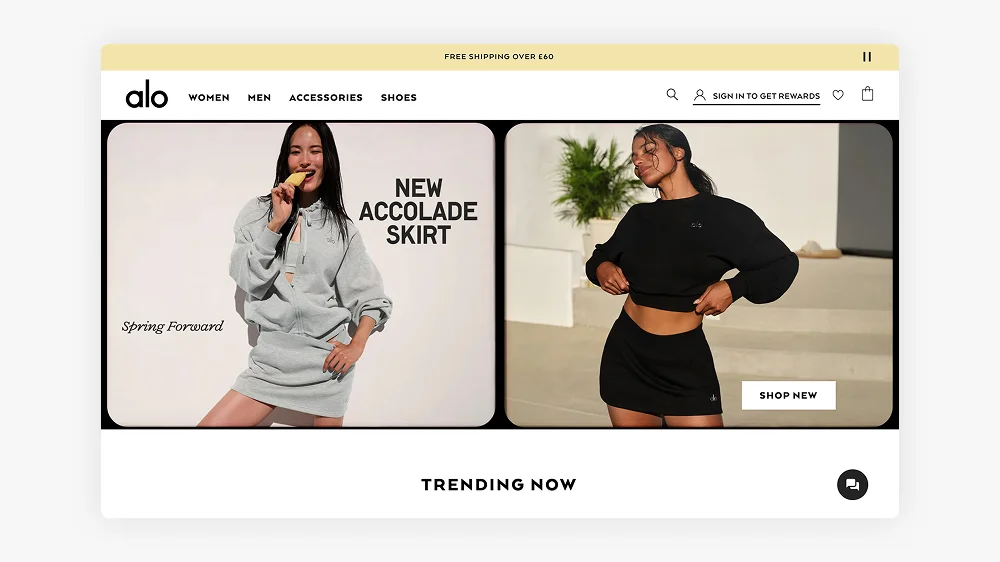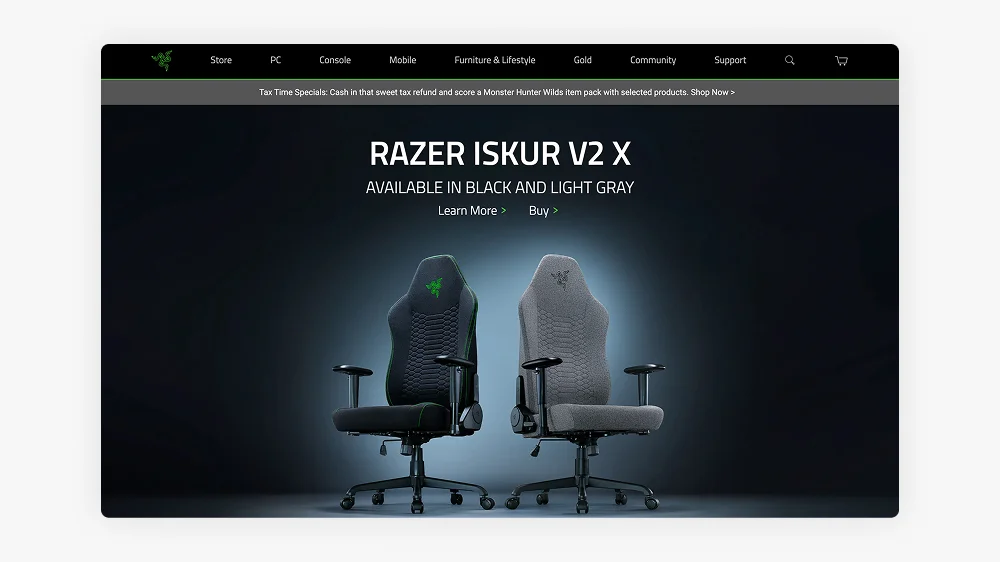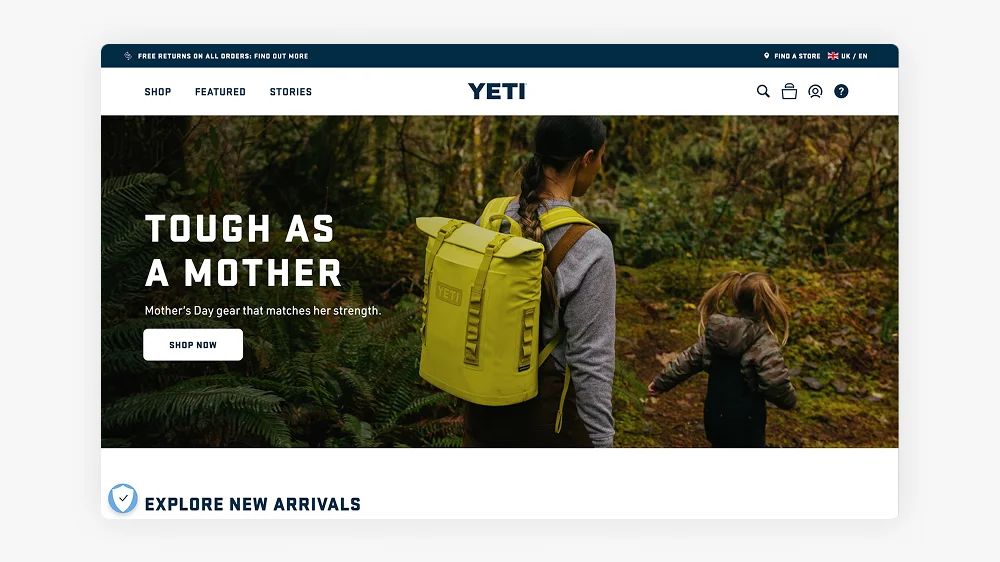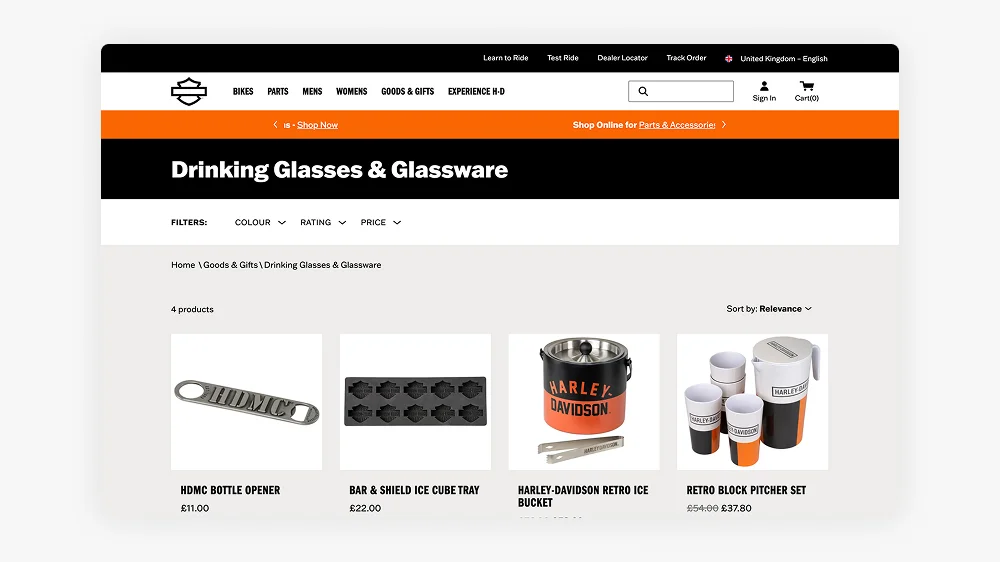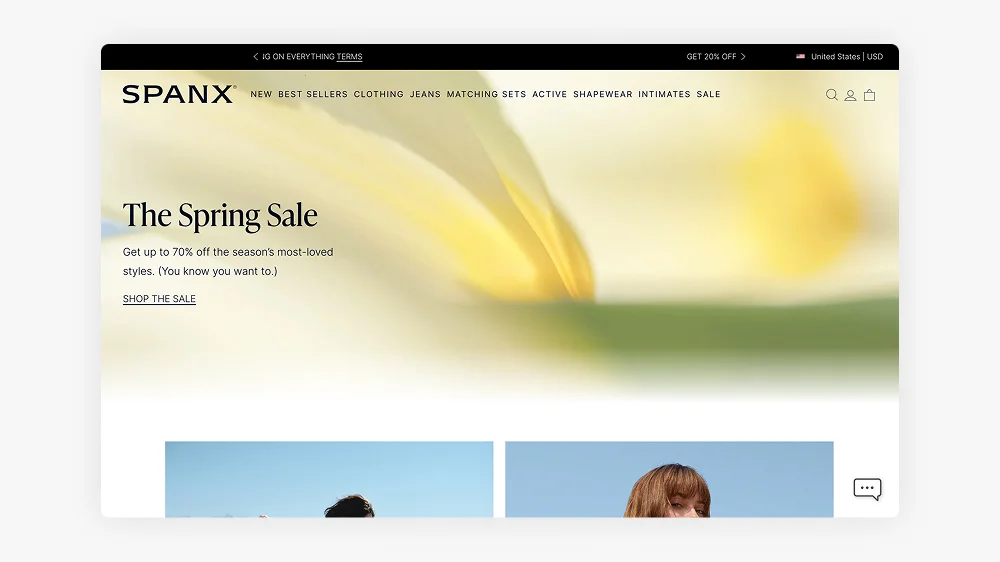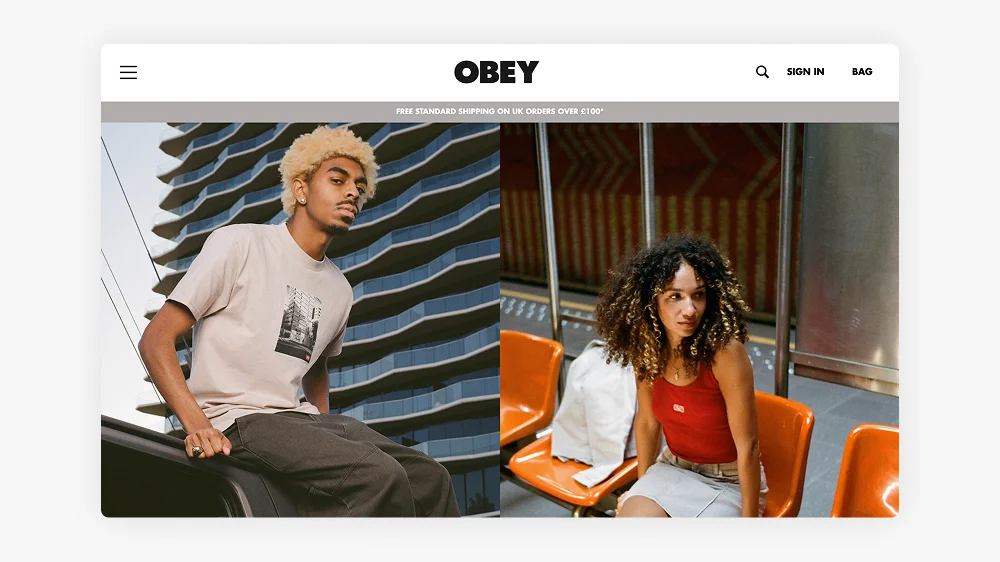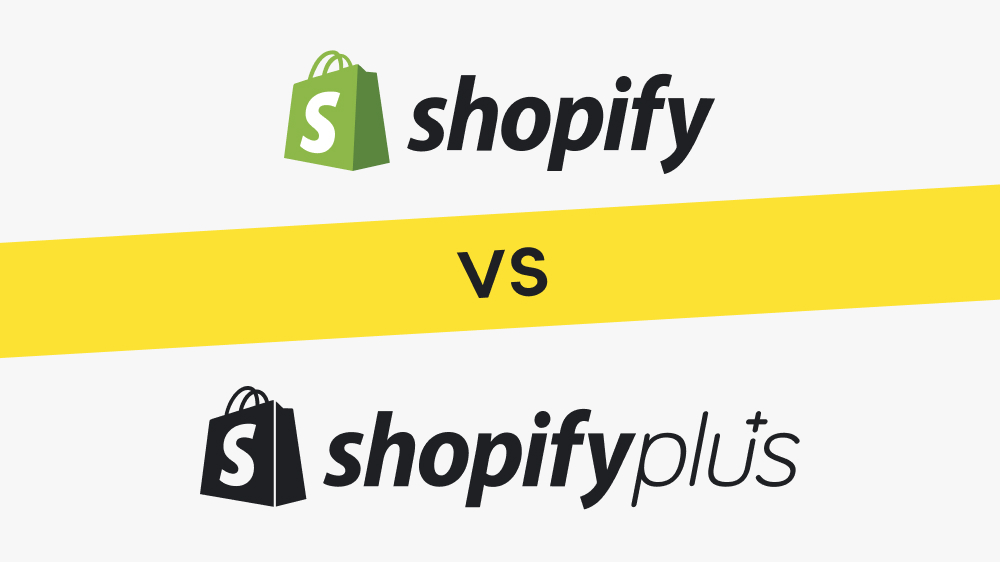How to Choose the Best Shopify Website Designer in the UK (2025)
Introduction
Looking for the best Shopify website designer in the UK (2025)? Hiring the right designer ensures your store isn’t just visually appealing but also conversion-optimised, scalable, and tailored to your business needs. This guide explains how to evaluate Shopify designers, avoid common pitfalls, and find a top UK Shopify expert who can deliver real results.
Choosing the right Shopify website designer can make a huge difference to your online store’s performance. A well-designed store doesn’t just look good, it converts visitors into customers, showcases your brand, and scales with your business. But with so many designers and agencies in the UK, how do you pick the best one for your needs in 2025?
In this article, you’ll learn:
-
How to identify the type of Shopify expertise you need (designer, developer, or full Shopify expert).
-
Why proven Shopify experience and case studies matter.
-
What to look for in a designer’s approach to UX, UI, and conversion optimisation.
-
How communication and process impact the success of your project.
-
Why price alone shouldn’t be the deciding factor.
-
How client testimonials and reviews can help you gauge reliability and results.
1. Understand What You Actually Need
Before searching for a designer, it’s important to clarify exactly what you need. Shopify projects can vary widely:
- Developers focus on coding and custom functionality.
- Designers specialise in visuals, branding, and UX.
- Shopify experts combine design with strategic thinking.
Choosing a Shopify web design expert in the UK who understands both UX/UI and business performance can save time, avoid costly mistakes, and ensure your store is built to convert.
Explore how I approach Shopify website design projects.
2. Look for Proven Experience with the Best Shopify Designers in the UK
Shopify is a unique platform, and experience matters. A designer familiar with Shopify knows the platform’s capabilities, apps, and limitations, and can deliver a store that works seamlessly.
When evaluating potential designers, look for:
- Case studies and live UK-based stores they’ve designed.
- Clear examples of conversion improvements or business results.
- Knowledge of Shopify’s ecosystem, including themes, apps, and UK-specific checkout or shipping requirements.
See examples of my work in my Shopify case studies.
3. Evaluate the Design Approach of Top UK Shopify Designers
Good Shopify design goes beyond aesthetics. It should focus on user experience, intuitive navigation, and clear conversion paths.
Ask yourself:
- Does the designer create custom UX solutions or just use generic templates?
- Do they provide prototypes or wireframes before development?
- Can they optimise the customer journey from landing page to checkout?
A designer who incorporates conversion rate optimisation (CRO) into their workflow is far more valuable than one who only makes a store look nice.
4. Check Communication and Process
Successful collaboration is crucial. Freelancers often offer a more personalised and flexible experience than large agencies. A clear process can make all the difference:
- Discovery: understanding your business goals and audience
- Strategy: planning UX and conversion-focused layouts
- Design: creating prototypes or high-fidelity mockups
- Build or Handover: ensuring your store is fully functional and optimised
Learn more about my approach as a Shopify Expert in the UK.
5. Don’t Choose Based on Price Alone
It can be tempting to go with the cheapest option, but a Shopify website is an investment. A well-designed, conversion-focused store can pay for itself many times over.
When comparing designers, focus on:
- Expertise and experience
- Quality of past work
- Process and communication
Compare how I approach Shopify projects differently on my Shopify services page.
6. Read Client Testimonials and Reviews
Even narrative reviews (not just star ratings) can give insight into a designer’s professionalism, reliability, and quality of work. Look for:
- Feedback from similar UK businesses
- Examples of problem-solving or creative solutions
- Consistency in delivery and communication
Check out my client success stories on my client testimonials page.
FAQs: Finding the Best Shopify Website Designer in the UK
Look for proven Shopify experience, UX/UI expertise, clear process, and client results. Freelancers or agencies with UK-based case studies can deliver highly tailored solutions.
Ask about previous UK projects, experience with conversion optimisation, their design and build process, and examples of results achieved.
Both can deliver great results, but freelancers often provide more personalised communication, flexibility, and competitive pricing for smaller or highly customised projects.
Conclusion
Choosing the best Shopify website designer in the UK is about more than price. Look for expertise, proven results, a clear design process, and strong communication.
Hiring the best Shopify designer in the UK ensures your store isn’t just visually appealing but also conversion-optimised and scalable.
If you’re looking for a designer who blends Shopify expertise, UX/UI design, and conversion-focused strategy, explore my Shopify services here or learn more about me here.
With the right designer, your Shopify store can become a powerful, high-performing asset for your business in 2025 and beyond.

This article was written by Anthony Bliss, a freelance Shopify Expert and UX and UI Designer that helps brands scale up on Shopify.
Let’s create your Shopify success story
More Shopify Articles
Shopify Collabs in 2025: The Complete Guide to Creator Marketing
Over the last few years, influencer marketing has evolved from a niche tactic into a mainstream growth channel.
How to Choose the Best Shopify Website Designer in the UK (2025)
Looking for the best Shopify website designer in the UK (2025)? Hiring the right designer ensures your store isn’t just visually appealing but also…
What Makes a Good Landing Page?
When it comes to ecommerce, a landing page can make or break your conversions. Whether you’re running paid ads, seasonal campaigns, or launching a…
Shopify Expert
Ready to elevate your store? Start your Shopify transformation today
Shopify expert who can help elevate your store to the next level
20 years of agency and direct client experience, without the high price tag
Network of the best developers, Klaviyo experts & SEO experts perfect for big projects
This site is protected by reCAPTCHA and the Google Privacy Policy and Terms of Service apply.
Get in touch
Shopify Collabs in 2025: The Complete Guide to Creator Marketing
Introduction
As of 2025, the creator economy is valued at over $250 billion globally, with brands of all sizes tapping into micro-influencers, content creators, and affiliates to grow sales.
For Shopify merchants, this shift presents both an opportunity and a challenge. The opportunity? Creators bring authentic storytelling and a direct line to loyal audiences. The challenge? Managing collaborations, tracking performance, and paying commissions can be complex.
That’s where Shopify Collabs comes in.
Originally launched in 2022, Shopify Collabs has steadily matured. By 2025, it’s no longer just a “nice-to-have” feature—it’s a centralised hub for influencer partnerships, gifting, and affiliate campaigns. And with recent Shopify Editions updates, Collabs now uses AI-powered creator matching, advanced analytics, and built-in payment automation to streamline the entire process.
Whether you’re a start-up brand looking for your first influencer partner or a scaling merchant ready to professionalise your affiliate strategy, this guide will walk you through everything you need to know.
If you’re new here, check out my Shopify website design services for tailored help with building a store optimised for conversions.
1. What is Shopify Collabs?
Shopify Collabs is a free app from Shopify that allows merchants to:
-
Discover creators through a searchable database with filters for niche, platform (Instagram, TikTok, YouTube), engagement rate, and audience demographics.
-
Set up affiliate programs where creators earn a commission for each sale they drive.
-
Send free gifts or discounts seamlessly through the Shopify admin.
-
Track performance with real-time analytics on clicks, conversions, and payouts.
-
Pay commissions automatically (currently via PayPal).
For creators, Collabs provides an easy way to:
-
Apply to brand programs directly.
-
Access affiliate links and discount codes.
-
Track their earnings in one dashboard.
This two-sided marketplace benefits both merchants and creators, making collaboration easier, faster, and more transparent.
Learn more in Shopify’s Collabs help guide.
2. Why Collabs Matters in 2025
The influencer economy is no longer dominated by celebrity endorsements. In fact, micro-influencers (those with 10k–100k followers) now generate up to 60% higher engagement rates than mega-influencers [Influencer Marketing Hub].
Collabs taps directly into this trend by making it easier to find smaller, high-trust creators who align with your brand values.
Other reasons Collabs is especially relevant in 2025:
-
Mobile-first shopping: With 70%+ of Shopify traffic now on mobile, affiliate links and discount codes need to work seamlessly across devices.
-
AI-driven discovery: Shopify Editions Summer 2025 introduced smarter creator search and recommendations powered by Shopify Network Intelligence [Shopify Editions].
-
First-party data importance: As cookies continue to decline, partnerships with creators give brands a reliable way to reach targeted audiences.
Tip: Don’t just chase follower counts. Use Collabs’ demographic filters to find creators whose audiences overlap with your ideal Shopify customer personas.
3. Getting Started with Shopify Collabs
Setting up Collabs is straightforward, but there are a few important steps:
Step 1 – Install the App
Head to the Shopify App Store and add Shopify Collabs to your store.
Once installed, go to Settings > Apps and sales channels in Shopify admin to configure your preferences.
Step 2 – Enable Shopify Network Intelligence
This is mandatory. It allows Collabs to securely analyse aggregated data across Shopify stores to recommend the right creators.
Read Shopify’s Network Intelligence FAQ.
Step 3 – Set Your Brand Profile
Define:
-
Your niche (e.g. skincare, homeware, fitness).
-
Your target audience.
-
Where you want to focus (local, national, or international creators).
This ensures Collabs recommends creators that actually fit your brand.
Step 4 – Create Programs and Offers
You can structure your program in several ways:
-
Affiliate commission: e.g. 10% per sale.
-
Tiered rewards: e.g. 5% base, 15% if they drive £1,000+ in sales per month.
-
Gifting: Send free products with optional discount codes.
Check Shopify’s official guide on setting up Collabs programs.
Step 5 – Invite Creators
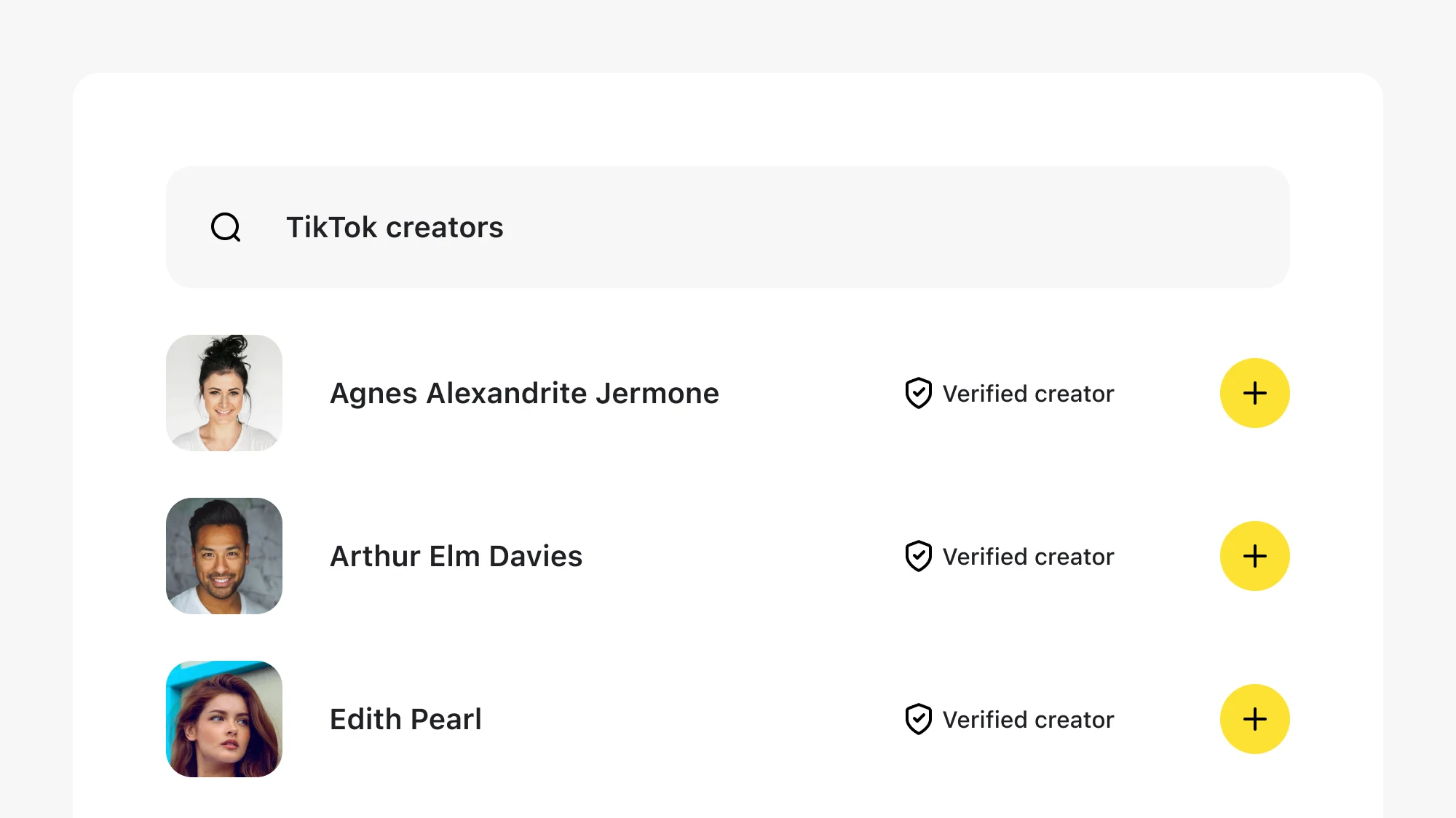
You don’t have to wait for creators to apply—you can:
-
Search the database.
-
Invite via email.
-
Share an application page on your store.
For example, you could add a “Work With Us” page linking directly to your Collabs signup.
4. Running Successful Campaigns
Once you’ve set up your Collabs program, the real work begins: nurturing creator relationships and driving ROI.
Here are some proven tactics:
a) Communicate Clearly
Creators want to represent your brand authentically. Provide:
-
A brand guide with tone, hashtags, and preferred imagery.
-
Campaign goals (sales, reach, or engagement).
-
Dos and don’ts (e.g. no heavy filters, align with sustainability messaging).
See Shopify’s guide on creator engagement.
b) Mix Gifting with Commissions
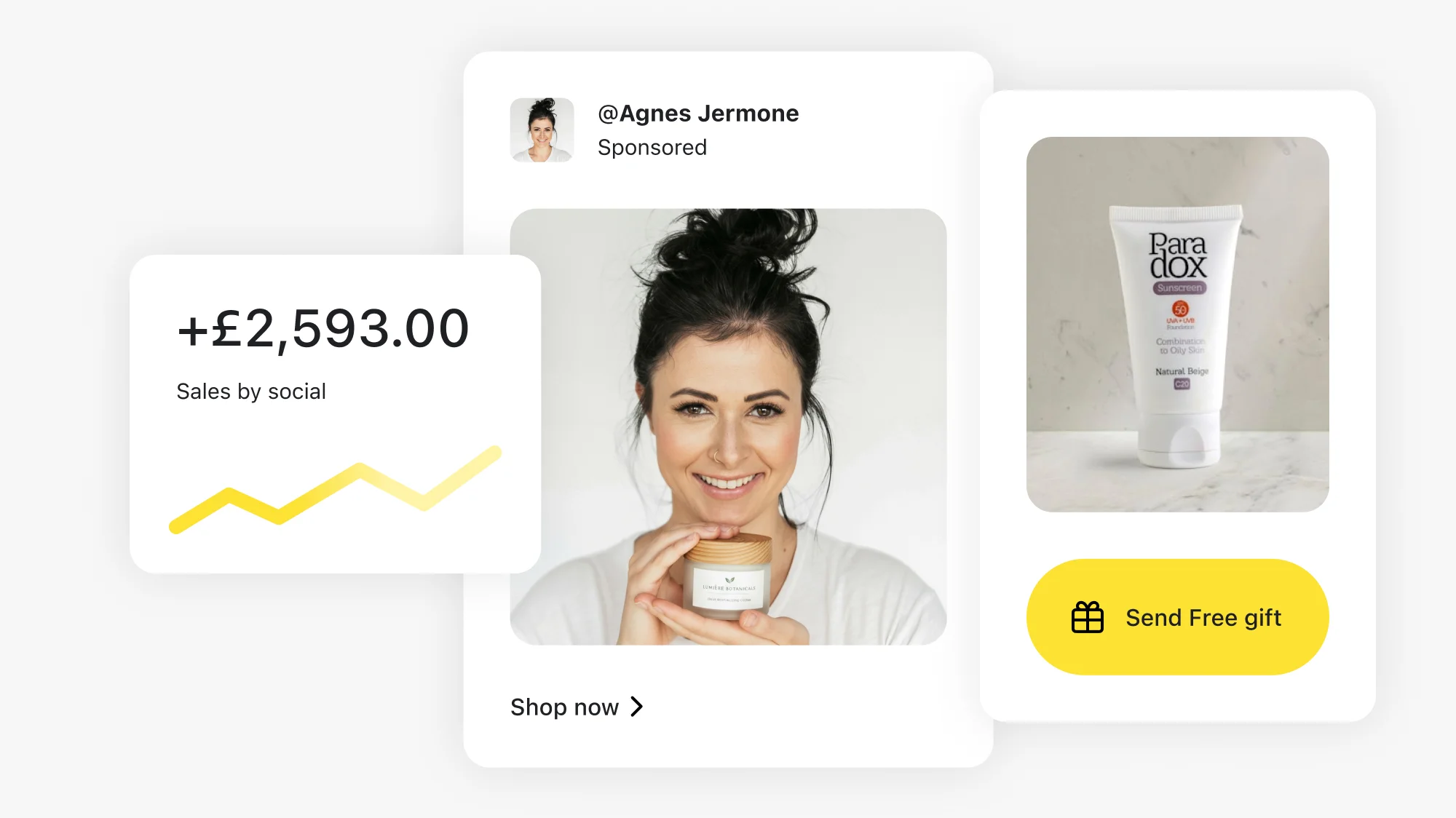
Not all creators want free products, and not all want just commissions. Offering both gives flexibility.
For instance:
-
Gift a £40 skincare set.
-
Provide a 15% affiliate commission on top.
This makes creators more likely to accept and promote authentically.
c) Track & Optimise
The Collabs dashboard tracks:
-
Clicks from creator links.
-
Conversion rates.
-
Commission payouts.
Use this to identify top performers and re-engage them with exclusive campaigns or higher tiers.
d) Scale What Works
Once you identify high-ROI creators, double down:
-
Offer them early access to product drops.
-
Give them higher commissions.
-
Feature them in your brand’s own social media or newsletters.
This turns one-off collaborations into long-term partnerships.
5. Migrating from Other Platforms
Already using tools like Awin, Impact, or manual spreadsheets? Migrating to Collabs is simple:
-
Inform your current affiliates about the switch.
-
Set up your Collabs program to mirror your old structure.
-
Send invites that include program offers or gifts.
-
Provide a clear timeline for when the old system will close.
Shopify has a migration guide for importing creator partners.
6. Pros & Cons in 2025
| Pros | Cons |
|---|---|
| Free app built into Shopify | Payout limited to PayPal |
| Creator discovery database with smart filters | Some creators report onboarding issues |
| Affiliate tracking and gifting in one dashboard | Commission flexibility less advanced than third-party platforms |
| Analytics integrated into Shopify admin | Still evolving—expect changes each Shopify Edition |
7. 2025 Best Practices
- Go niche: Don’t try to partner with everyone. A handful of highly engaged creators beats 100 with no focus.
- Combine affiliate and UGC: Encourage creators to post authentic videos and reviews you can repurpose on your site.
- Automate payments: Set up automatic PayPal payouts to keep creators motivated.
- Educate: Provide tips, templates, and guidelines to reduce friction.
- Measure lifetime value: Don’t just measure first-click sales. Look at whether creators bring in repeat customers.
8. Case Study Inspiration
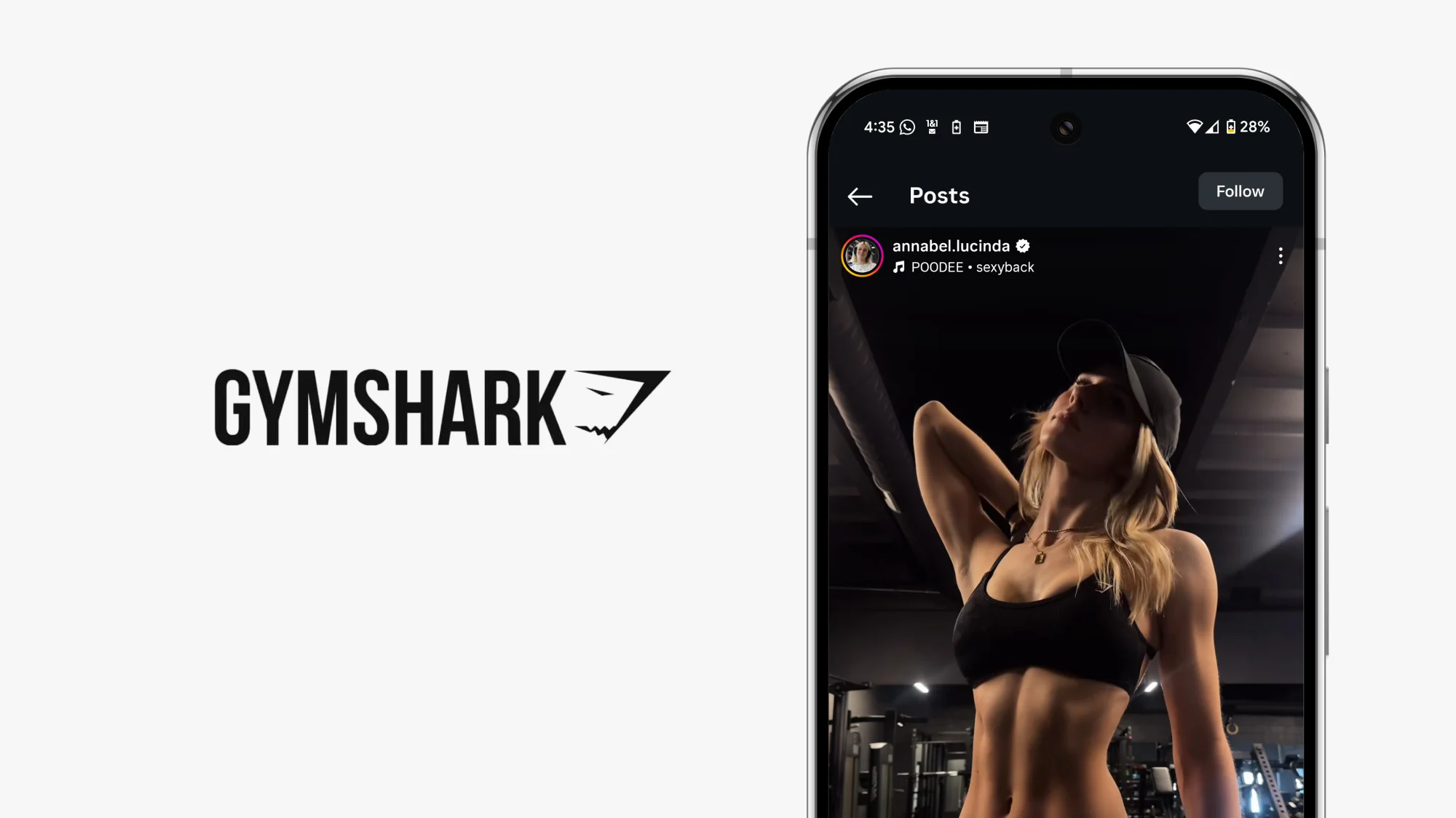
Gymshark grew through micro-influencer collaborations long before Collabs, but the platform now enables smaller brands to replicate that playbook.
9. Additional Resources
Here are some useful external reads:
Shopify Collabs Official Help Centre
Influencer Marketing Trends for 2025 – IMH
Affiliate Marketing Global Forecast 2025 – Statista
And here are some internal resources for your site:
Shopify Website Design Services
Shopify Conversion Rate Optimisation Guide
Frequently Asked Questions About Shopify Collabs
Yes. Shopify Collabs is a free app for all Shopify merchants. You only pay out commissions or cover the cost of gifts you send to creators.
Absolutely. Collabs is designed to help small and growing brands connect with creators—even micro-influencers with under 10k followers.
Currently, Shopify Collabs supports PayPal payouts for affiliate commissions. More options may be added in future Shopify Editions.
Gifting lets you send free products to creators with no strings attached, while affiliate programs pay them a commission on sales they generate.
You can search by platform (TikTok, Instagram, YouTube), audience demographics, engagement rate, or niche to find creators aligned with your brand.
Yes. You can invite current partners into Collabs by sending them program or gift invites. Shopify has a migration guide.
Conclusion
The creator economy isn’t slowing down. By 2025, Shopify Collabs has matured into one of the most accessible and powerful influencer marketing platforms for merchants of all sizes.
With built-in discovery, gifting, and affiliate tools, plus seamless Shopify admin integration, Collabs reduces the complexity of creator marketing and helps you focus on what matters: building genuine partnerships that drive sales.
If you’re looking to implement Shopify Collabs, or want help designing a store that’s ready to convert the traffic creators send your way then check out my Shopify web design services.

This article was written by Anthony Bliss, a freelance Shopify Expert and UX and UI Designer that helps brands scale up on Shopify.
Partner with a Shopify expert to elevate your store
More Shopify Articles
Shopify Collabs in 2025: The Complete Guide to Creator Marketing
Over the last few years, influencer marketing has evolved from a niche tactic into a mainstream growth channel.
How to Choose the Best Shopify Website Designer in the UK (2025)
Looking for the best Shopify website designer in the UK (2025)? Hiring the right designer ensures your store isn’t just visually appealing but also…
What Makes a Good Landing Page?
When it comes to ecommerce, a landing page can make or break your conversions. Whether you’re running paid ads, seasonal campaigns, or launching a…
Shopify expert
Ready to elevate your store? Start your Shopify transformation today
Shopify expert who can help elevate your store to the next level
20 years of agency and direct client experience, without the high price tag
Network of the best developers, Klaviyo experts & SEO experts perfect for big projects
This site is protected by reCAPTCHA and the Google Privacy Policy and Terms of Service apply.
Get in touch
Voice Search Optimisation for Shopify Stores: A Complete 2025 Guide
Why Voice Search Matters for Shopify Stores
Unlike traditional search, voice queries often signal immediacy and intent. For example:
-
Typed search: “vegan moisturiser UK”
-
Voice search: “Where can I buy vegan moisturiser near me with next-day delivery?”
The second query is longer, more natural, and much closer to a buying decision. According to Backlinko’s Voice Search SEO study, voice search results tend to come from featured snippets and pages with clear, structured content.
For Shopify merchants, this means:
-
Local intent is stronger – great for stores with physical shops or local delivery.
-
Mobile readiness is critical – most voice searches happen on smartphones.
-
Content structure wins – clear answers, FAQs, and schema markup help Google match your store to a query.
How Voice Search Works
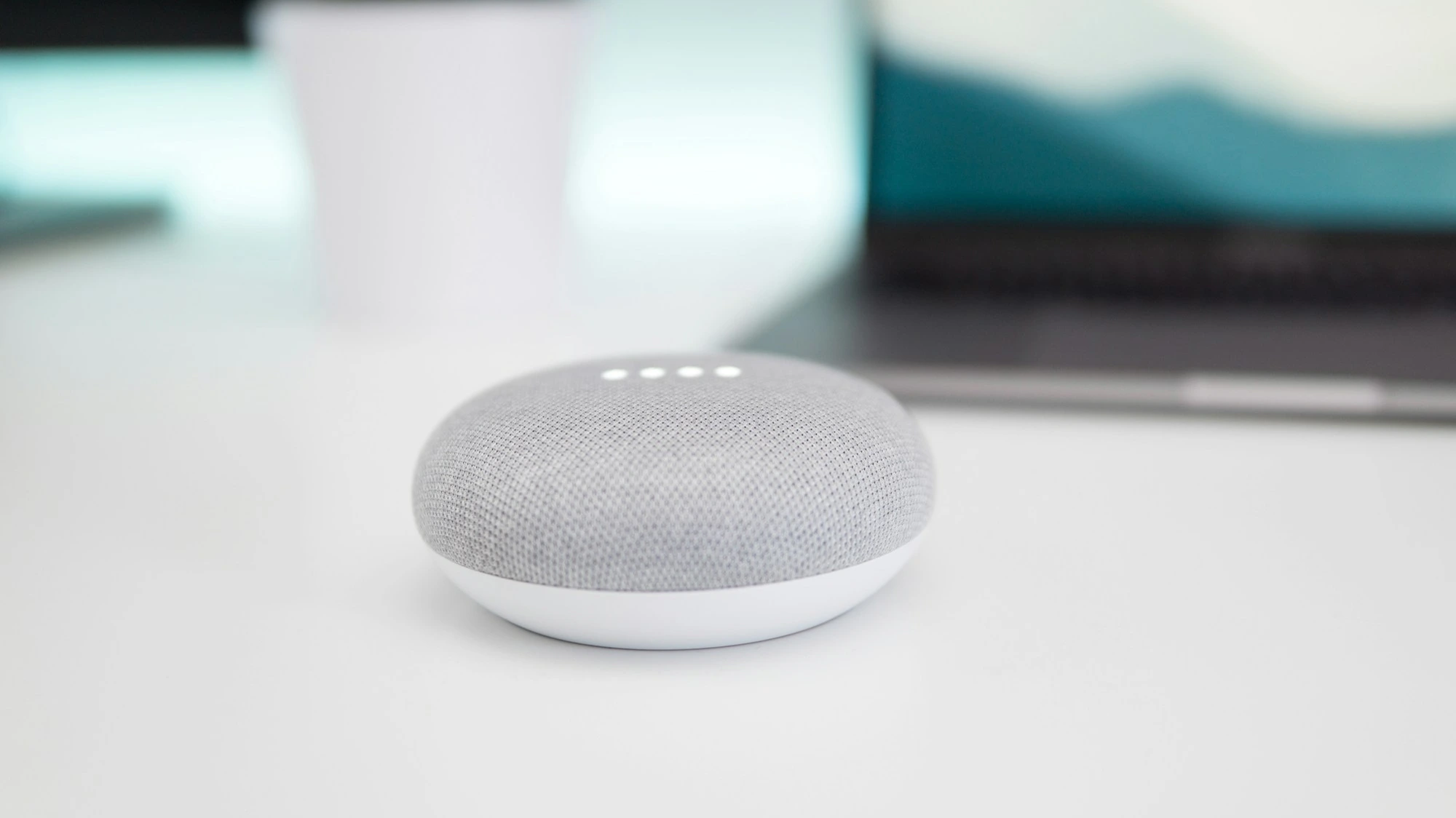
Voice search is powered by AI-driven natural language processing. Devices like Siri, Alexa, and Google Assistant interpret spoken queries and deliver the most relevant result.
For Shopify merchants, here’s what matters:
-
Featured Snippets – Google often pulls voice answers from snippets.
-
Schema Markup – Structured data helps search engines understand your content. (Moz guide to schema)
-
Mobile Speed – Google prioritises sites that load in under 3 seconds. (Google PageSpeed Insights)
-
Local Data – Voice queries frequently use “near me” or “open now.” Having accurate Google Business Profile data is essential.
Step-by-Step Guide: How to Optimise Your Shopify Store for Voice Search
1. Research Conversational Keywords
Voice queries are longer and framed as questions. Use tools like:
-
AnswerThePublic to find natural language queries.
-
SEMRush Keyword Magic Tool for conversational keywords.
Example for a skincare brand:
-
Instead of “vegan moisturiser” → optimise for “What is the best vegan moisturiser for dry skin?”
2. Add FAQ Sections with Schema
FAQ pages and sections within product descriptions are perfect for voice optimisation. For instance:
-
“Can this moisturiser be used on sensitive skin?”
-
“Does it contain SPF?”
You can enhance this further by adding FAQ schema. See Google’s FAQ schema guide.
3. Optimise for Local Searches
If your Shopify store has a physical presence, voice search can drive foot traffic. Make sure to:
-
Claim and update your Google Business Profile.
-
Include “near me” style keywords naturally in your copy.
-
Ensure NAP (Name, Address, Phone) is consistent across your site and directories.
4. Improve Mobile & Page Speed
Most voice searches happen on mobile devices. If your store is slow, you’ll lose visibility.
-
Test your speed with Google PageSpeed Insights.
-
Compress images (Shopify apps like TinyIMG can help).
-
Use a fast theme (or consider a custom Shopify design).
5. Use Structured Product Data
Voice assistants rely on structured data to understand product details. Shopify supports this through apps and manual schema.
For example, add schema for:
-
Price
-
Availability
-
Reviews
-
Delivery times
See Shopify’s guide on adding structured data.
6. Format Content for Featured Snippets
Google often pulls voice answers from lists and short paragraphs. To optimise:
-
Use H2/H3 headers with direct answers.
-
Keep answers under 30 words.
-
Use bullet points and numbered lists.
Example:
Q: What are the benefits of organic skincare?
-
Reduces exposure to chemicals
-
Gentle on sensitive skin
-
Environmentally friendly
Common Mistakes to Avoid
-
Keyword Stuffing – Writing unnaturally long-tail keywords like “best vegan moisturiser sensitive skin buy UK” hurts readability and rankings.
-
Ignoring Local SEO – If you have a shop, failing to optimise for “near me” searches is a missed opportunity.
-
Relying Only on Schema – Schema helps, but without quality content, Google won’t surface your results.
-
Slow Mobile Sites – Voice search is almost entirely mobile-driven.
Advanced Tips for 2025 and into the future

-
Voice + AI Chatbots – Consider Shopify apps that integrate with Alexa or Google Assistant for shopping.
-
Conversational Commerce – Tools like Heyday enable voice-driven chat experiences in-store.
-
Multilingual Voice Search – If you sell internationally, optimise FAQs in multiple languages.
More tips for Shopify voice search
Focus on conversational keywords, FAQs, schema, and local optimisation.
No, but apps like JSON-LD for SEO help add structured data easily.
Yes. You can add it manually or use apps. See Shopify’s rich snippet guide.
Yes, most queries happen via mobile assistants like Siri or Google Assistant.
Typed queries are shorter, while voice queries are longer and more conversational.
Yes. Voice queries often signal high intent (e.g. “Where can I buy X near me?”).
No, even basic Shopify plans can be optimised. Compare Shopify vs Shopify Plus.
Try asking Google Assistant or Siri voice queries related to your products.
It’s growing fast, especially for local and mobile queries, so optimising now gives you a competitive edge.
If you’d prefer expert support, working with a [Shopify freelance designer](internal link to your services page) ensures your site is voice-ready.
Conclusion
Voice search is no longer a futuristic idea, it’s here! and it’s reshaping ecommerce.
Shopify store owners who adapt their stores for conversational queries, structured data, and mobile performance will gain a competitive advantage.
By implementing FAQs, schema, local SEO, and fast mobile design, you’ll not only improve your visibility in voice search but also deliver a better overall user experience.
Do you need help with your Shopify store? Check out my case studies and see how a Shopify Expert can help get your store future ready. Drop me a message and let’s have a call.

This article was written by Anthony Bliss, a freelance Shopify Expert and UX and UI Designer that helps brands scale up on Shopify.
Partner with a Shopify expert to elevate your store
More Shopify Articles
Shopify Collabs in 2025: The Complete Guide to Creator Marketing
Over the last few years, influencer marketing has evolved from a niche tactic into a mainstream growth channel.
How to Choose the Best Shopify Website Designer in the UK (2025)
Looking for the best Shopify website designer in the UK (2025)? Hiring the right designer ensures your store isn’t just visually appealing but also…
What Makes a Good Landing Page?
When it comes to ecommerce, a landing page can make or break your conversions. Whether you’re running paid ads, seasonal campaigns, or launching a…
Shopify expert
Ready to elevate your store? Start your Shopify transformation today
Shopify expert who can help elevate your store to the next level
20 years of agency and direct client experience, without the high price tag
Network of the best developers, Klaviyo experts & SEO experts perfect for big projects
This site is protected by reCAPTCHA and the Google Privacy Policy and Terms of Service apply.
Get in touch
Why Off-the-Shelf Shopify Themes Hold Stores Back in 2025
1. They’re built to please everyone, and that is the problem
Off-the-shelf themes are designed to work for as many industries as possible. Skincare, clothing, gadgets, furniture. All from one codebase and the same set of Shopify 2.0sections.
That means bloated feature sets, overly complex settings, and sections that aren’t truly relevant to your unique customer journey.
So instead of having a site designed around your products and customers needs, you’re cramming your business into a framework built for someone else.
For example a store selling fashion would require drop notices, countdowns and shop the look sections. Whereas a store selling food items wouldn’t need any of these and instead would prioritise different functionality around the shopping journey on the collection page.
“You didn’t build a cookie-cutter business — so why use a cookie-cutter website?”
2. Performance issues hiding behind pretty design
Many themes are built to look good out of the box — but under the hood, they can be slow and clunky.
They often:
- Load lots of unused scripts and animations.
- Include integrations you don’t use.
- Aren’t optimised for your real-world image or content needs.
- Have lots of features and settings you would never use
That’s a big issue when it comes to mobile shoppers and SEO.
Stat: A 1-second delay in page load time can reduce conversions by up to 20% (source: Portent).
If you want to learn more about how site speed affects SEO and sales, Google’s Page Experience Guide is a great place to start.
3. Limited flexibility and customisation
Most pre-made themes let you “drag and drop” sections around, but only within certain boundaries. Try to do something slightly different — and suddenly you’re in the code editor, fiddling with Liquid or CSS.
This often leads to:
- Frankensteined layouts and clashing styles.
- Rigid templates that don’t fit the product.
- A design you’re always “working around.”
By contrast, custom design starts with the customer experience — not a predetermined template.
If you want to explore Shopify theme development, Shopify’s official Liquid documentation is an excellent resource.
4. You blend In instead of standing out
There are hundreds of thousands of stores using the same themes — many even leave the demo text and colour palette untouched.
That doesn’t exactly inspire trust. And in competitive markets, that lack of uniqueness is a conversion killer.
“Your brand is more than your logo — it’s how your entire online experience feels.”
Remember: Customers make snap judgments. If your store looks just like a dozen others, why should they believe your product is better?
Trust is one of the biggest drivers when it comes to sales, and if someone notices the same theme being used from a previous shopping experience, this will increase the abandonment rate.
5. Your unique purchasing journey isn't accounted for
Themes can’t anticipate how your buyers behave.
- Do they compare lots of similar products before deciding?
- Do they need education or reassurance?
- Do they buy quickly on mobile while commuting?
These details matter — and most themes aren’t built with those in mind.
A good Shopify designer studies your business, market and analytics to map out a user journey that fits your funnel, not someone else’s.
This is tackled with the UX review I undertake before every project
Are themes all bad? Not at all.
Let’s be clear — themes can be a good starting point, especially if:
- You’re launching a side project.
- You have a tiny product range.
- You’re testing a new concept with minimal budget.

This article was written by Anthony Bliss, a freelance Shopify Expert and UX and UI Designer that helps brands scale up on Shopify.
Is your site ready to be upgraded to the next level?
More Shopify Articles
Shopify Collabs in 2025: The Complete Guide to Creator Marketing
Over the last few years, influencer marketing has evolved from a niche tactic into a mainstream growth channel.
How to Choose the Best Shopify Website Designer in the UK (2025)
Looking for the best Shopify website designer in the UK (2025)? Hiring the right designer ensures your store isn’t just visually appealing but also…
What Makes a Good Landing Page?
When it comes to ecommerce, a landing page can make or break your conversions. Whether you’re running paid ads, seasonal campaigns, or launching a…
Shopify expert
Ready to elevate your store? Start your Shopify transformation today
Shopify expert who can help elevate your store to the next level
20 years of agency and direct client experience, without the high price tag
Network of the best developers, Klaviyo experts & SEO experts perfect for big projects
This site is protected by reCAPTCHA and the Google Privacy Policy and Terms of Service apply.
Get in touch
25 Biggest Brands using Shopify in 2025
Gymshark
Gymshark, a UK-based fitness apparel brand, has become a leader in the fitness fashion sector, thanks to its social media-driven direct-to-consumer model. The company moved to Shopify Plus to handle its rapid growth and large-scale online operations. Gymshark focuses on millennials and Gen Z, who are drawn to its stylish, high-performance workout wear.
In 2024, Gymshark reported a turnover of over £500 million. The brand is expanding its reach globally, with a focus on opening physical retail stores and leveraging AI to personalise customer experiences.
Tesla
Tesla uses Shopify for its online store, offering exclusive merchandise that complements its electric vehicles and also Cybertrucks for posh kids. The company has a bespoke platform for its core business but relies on Shopify to manage its global merchandise sales. Tesla’s focus is on expanding its product lines and promoting sustainable innovation.
In 2024, Tesla’s total revenue from all operations exceeded £100 billion, with a significant contribution from its merchandise sales.
Kylie Cosmetics
Kylie Cosmetics, founded by Kylie Jenner, leverages Shopify’s capabilities to run its successful direct-to-consumer model. The brand focuses on beauty enthusiasts, especially millennials and Gen Z. Kylie Cosmetics has grown rapidly and expanded into skincare and exclusive limited-edition product lines.
In 2024, Kylie Cosmetics reported a turnover of approximately £500 million, reflecting its strong position in the global beauty market.
Heinz
Heinz transitioned to Shopify to streamline its direct-to-consumer operations, moving away from third-party retailers. The company focuses on virtual-first strategies, including subscriptions and limited-edition product drops. Heinz has experienced significant growth in online sales, contributing to its multi-billion-pound annual revenue.
In 2024, Heinz’s overall revenue exceeded £20 billion, with online sales continuing to be a growing part of the brand’s financial portfolio.
Red Bull
Red Bull uses Shopify to power its online store, where it sells branded merchandise such as apparel, accessories, and sports gear. Shopify supports Red Bull’s global reach, providing seamless transactions and customer experiences. The company is focused on expanding its digital presence through exclusive drops and new collaborations.
In 2024, Red Bull’s revenue reached approximately £7.5 billion, with a significant contribution from its online merchandise sales.
Allbirds
Allbirds, the sustainable footwear brand, transitioned to Shopify Plus to scale its operations efficiently. Known for its eco-friendly products, Allbirds has expanded its range to include performance footwear and clothing. The brand is committed to sustainability while growing its market share globally.
In 2024, Allbirds reported a turnover of over £200 million, demonstrating the growing demand for its environmentally conscious products.
Checkout the Allbirds Shopify store
Netflix Shop
Netflix’s Shopify store offers exclusive merchandise inspired by its popular shows, tapping into fan culture with limited-edition releases. Shopify enables Netflix to provide seamless transactions and innovative shopping experiences for its audience. The brand is continually expanding its merchandise offerings to maintain fan engagement.
While specific revenue figures for the Netflix.shop platform are not disclosed, the company has expanded its merchandise collaborations, including partnerships with Lacoste and Athletic Brewing Co. These efforts suggest that Netflix’s merchandise sales contribute positively to its overall revenue, which in 2024 exceeded £30 billion.
Hasbro Pulse
A personal favourite of my to get my Geek fix. Hasbro Pulse, Hasbro’s eCommerce store, targets collectors with exclusive pre-order and limited-edition products. The company moved to Shopify from third-party platforms to engage directly with its fan base, offering unique releases unavailable elsewhere.
In 2024, Hasbro’s total revenue reached £3.2 billion, with significant contributions from its eCommerce operations, including Hasbro Pulse. The brand’s digital sales have helped drive growth amidst challenges in the broader toy market.
Check out the latest Marvel, transformers and Star Wars toys for adults
Staples
Staples transitioned to Shopify to enhance its eCommerce capabilities, focusing on office supplies and business solutions. The brand is leveraging Shopify’s features to optimise subscription services and expand its global reach. Staples continues to lead the office products sector while embracing digital-first sales strategies. Their site useless modern headless architecture.
In 2024, Staples reported revenue of approximately £6.5 billion, with online sales contributing significantly to its overall performance.
Sephora
Sephora, a global leader in the beauty industry, uses Shopify to power its online store, offering a wide range of beauty products from various brands. Sephora integrates Shopify’s features to streamline its online experience and provide customers with a seamless shopping journey.
In 2024, Sephora’s parent company, LVMH, reported total revenue of £70 billion, with a growing portion of that coming from eCommerce, including Sephora’s online operations.
Sony
Sony uses Shopify for some of its eCommerce operations, particularly for merchandise related to its gaming division, including PlayStation products. The brand benefits from Shopify’s robust infrastructure to manage global transactions and offer a seamless experience for its customers.
In 2024, Sony’s overall revenue from all sectors reached £80 billion, with a portion coming from PlayStation merchandise and online sales.
Bumble
Bumble, the popular dating app, uses Shopify to sell branded merchandise, offering products that align with its empowering message for women. The company has embraced digital-first strategies, including exclusive merchandise and collaborations, to enhance brand loyalty.
In 2024, Bumble reported a turnover of £1 billion, with a growing share coming from its online sales and merchandise offerings.
Victoria Beckham Beauty
Victoria Beckham Beauty, founded by the fashion icon, uses Shopify to offer its premium beauty products directly to consumers. The brand focuses on high-quality skincare and cosmetics, targeting a luxury audience with a strong emphasis on sustainability.
In 2024, Victoria Beckham Beauty reported revenue of approximately £35 million, with Shopify enabling seamless eCommerce operations for the brand.
Fenty Beauty
Fenty Beauty, created by Rihanna, uses Shopify to power its direct-to-consumer platform, offering a wide range of inclusive beauty products. Shopify’s robust infrastructure allows Fenty to efficiently manage its global sales and reach a diverse audience.
In 2024, Fenty Beauty’s revenue was reported at around £450 million, with a substantial portion coming from its online sales, highlighting the brand’s global reach and popularity.
Fear of God
Fear of God, the luxury streetwear brand, uses Shopify to power its online store, where it sells its high-end apparel and exclusive collaborations. The brand focuses on limited-edition releases and custom drops to maintain exclusivity while catering to fashion-forward consumers.
In 2024, Fear of God’s revenue was estimated at approximately £250 million, with a significant portion of its sales coming from its online platform, including collaborations with high-profile brands.
The New York Times Store
The New York Times, one of the world’s leading news organisations, uses Shopify to power its direct-to-consumer store, offering branded merchandise, books, and exclusive archival prints. The brand has embraced a digital-first approach, capitalising on the growing trend of eCommerce for media-driven products.
In 2024, The New York Times Company’s revenue exceeded £7 billion, with a growing portion of that coming from its online store and digital subscription services.
Decathlon
Decathlon, the global sporting goods retailer, uses Shopify to manage its online store, offering a wide range of sports equipment and apparel. With a focus on accessibility and affordability, Decathlon uses Shopify’s features to streamline its eCommerce operations and reach a global audience.
In 2024, Decathlon reported a turnover of approximately £15 billion, with a growing share of that coming from its online sales and direct-to-consumer operations.
BrewDog
BrewDog, the popular craft beer brand, uses Shopify to sell its products online, including exclusive brews and merchandise. The brand has embraced direct-to-consumer strategies, offering subscription services and special product drops to enhance customer engagement.
In 2024, BrewDog’s revenue reached approximately £350 million, with a significant portion of sales coming from its online store and product subscriptions.
Check out the superb UX on the new Brewdog Store
Huel
Huel, the plant-based meal replacement brand, uses Shopify to power its online store, offering nutritionally complete meals in the form of shakes, bars, and powders. The brand has grown rapidly in recent years, thanks to its direct-to-consumer model and commitment to health-conscious, sustainable products.
In 2024, Huel reported a turnover of £100 million, with the majority of its revenue coming from its eCommerce platform, including subscription services.
If you want to drink your food click here
Alo Yoga
Alo Yoga, a popular yoga and athleisure brand, uses Shopify to manage its online store, selling apparel, accessories, and yoga mats. Known for its high-quality products and celebrity endorsements, Alo Yoga has successfully built a loyal customer base, particularly among wellness and fitness enthusiasts.
In 2024, Alo Yoga’s estimated revenue was £400 million, with a significant portion of its sales driven through its online store.
Razer
Razer, a leading brand in gaming hardware and peripherals, uses Shopify to sell its products directly to consumers. Known for its high-performance gaming laptops, mice, keyboards, and accessories, Razer relies on Shopify’s platform to manage its global eCommerce operations.
In 2024, Razer reported a turnover of approximately £1.5 billion, with a large share of that coming from its online store and direct-to-consumer sales.
Check out the store for all your gaming needs
YETI
YETI, known for its premium coolers and outdoor gear, uses Shopify to manage its online store. The brand caters to outdoor enthusiasts and adventurers, offering high-end products that are built to last. Shopify’s robust platform supports YETI’s direct-to-consumer business model, providing a seamless experience for customers.
In 2024, YETI’s revenue reached approximately £1.5 billion, with significant contributions from its online sales, including product subscriptions.
Harley-Davidson
Harley-Davidson uses Shopify to sell merchandise and accessories that complement its iconic motorcycles. While the brand’s core business operates through dealerships, Shopify enables Harley-Davidson to engage directly with its global fan base through its eCommerce store.
In 2024, Harley-Davidson’s total revenue was approximately £4.5 billion, with merchandise and online sales contributing significantly to the brand’s growth.
Check out the Classic US Store
Spanx
Spanx, the global shapewear and activewear brand, uses Shopify to power its online store, offering products that enhance comfort and confidence. Shopify’s features allow Spanx to streamline its eCommerce operations and reach its diverse audience directly.
In 2024, Spanx reported a turnover of approximately £500 million, with a growing share of sales coming from its online store.
Check out the latest Shapewear
OBEY Clothing
OBEY Clothing, the streetwear brand founded by artist Shepard Fairey, uses Shopify to sell its apparel, accessories, and art-inspired products. The brand is deeply rooted in political activism and street art culture, using Shopify’s platform to engage with its audience and promote its limited-edition releases.
In 2024, OBEY Clothing’s estimated revenue was £50 million, with a large portion of sales coming through its online platform.
Why Shopify is the Best Choice for Scaling Brands
Shopify provides businesses with an all-in-one eCommerce solution that simplifies store management while offering enterprise-level capabilities. The platform supports businesses of all sizes, from start-ups to multinational corporations, and its flexibility allows brands to adapt and grow seamlessly. Shopify empowers companies to scale efficiently, offering tools and features designed to streamline operations and maximise revenue potential.
Key benefits of Shopify include:
- Scalability: Whether you’re a small business or a global enterprise, Shopify can handle your growing demands. As your business expands, Shopify grows with you, providing a platform that can support increased traffic, orders, and inventory without compromising performance.
- Customisation: With thousands of apps, integrations, and themes, Shopify allows stores to be fully tailored to specific business needs. From product display to customer experience, Shopify offers endless possibilities for customisation, ensuring your store stands out in a crowded marketplace.
- Speed & Security: Shopify ensures fast load times and robust security measures to protect customer data. With built-in SSL encryption, your store is safe from breaches, while optimised loading speeds improve the user experience and contribute to higher conversion rates.
- Omnichannel Selling: Shopify makes it easy to sell across multiple channels, including social media, online marketplaces, and physical stores. This omnichannel approach helps you reach customers wherever they are, whether they’re browsing on Instagram, shopping on Amazon, or visiting your brick-and-mortar location.
- Seamless Checkout & Payment Processing: Shopify’s secure and optimised checkout process helps increase conversions by providing a smooth and hassle-free experience for customers. Shopify’s integrated payment processing ensures your store is always ready to accept payments, from credit cards to digital wallets, all while ensuring data security and compliance.
In summary, Shopify’s flexibility, scalability, and robust features make it the ideal choice for businesses looking to grow and scale efficiently, offering both the tools and support to succeed in a competitive eCommerce landscape.
How I Can Help with Your Shopify Migration
If you’re looking to transition to Shopify, I can help ensure a smooth and successful migration that positions your business for long-term success. From UX/UI design optimisation to guiding the overall customer experience, I provide expert support every step of the way, work with a Shopify expert.
First, I’ll design a user-friendly, conversion-focused Shopify store tailored to your business goals. This involves not only creating an intuitive and visually appealing design but also ensuring the user experience is seamless, making it easy for visitors to navigate and complete purchases. The goal is to optimise the customer journey from discovery to checkout, maximising sales and customer engagement at every touchpoint.
When migrating from platforms like Magento, WooCommerce, or BigCommerce to Shopify, I work closely with developers to ensure a smooth transfer of data and functionality. While I focus on the design and user experience, my developer partners handle the technical migration, making sure everything runs smoothly and securely.
Additionally, I’ll integrate advanced features and apps tailored specifically to your business needs. Whether through custom tools, payment gateways, or inventory management solutions, Shopify’s flexibility allows me to enhance your store’s functionality while developers manage the more technical aspects.
Beyond the technicalities, I believe in creating memorable experiences for your customers. Incorporating micro-interactions such as subtle animations, engaging hover effects, and personalised messages can elevate your brand’s personality and leave a lasting impression. These small yet impactful details help increase user engagement, encourage repeat visits, and foster long-term brand loyalty.
In short, I’m here to ensure that your migration to Shopify is not just a transition but an opportunity to enhance your store’s performance and create an exceptional customer experience, working alongside developers to ensure everything runs seamlessly.
Get in touch today to discuss how we can elevate your brand with Shopify!

This article was written by Anthony Bliss, a freelance Shopify Expert and UX and UI Designer that helps brands scale up on Shopify.
More Shopify Articles
Shopify Collabs in 2025: The Complete Guide to Creator Marketing
Over the last few years, influencer marketing has evolved from a niche tactic into a mainstream growth channel.
How to Choose the Best Shopify Website Designer in the UK (2025)
Looking for the best Shopify website designer in the UK (2025)? Hiring the right designer ensures your store isn’t just visually appealing but also…
What Makes a Good Landing Page?
When it comes to ecommerce, a landing page can make or break your conversions. Whether you’re running paid ads, seasonal campaigns, or launching a…
Shopify expert
Ready to elevate your store? Start your Shopify transformation today
Shopify expert who can help elevate your store to the next level
20 years of agency and direct client experience, without the high price tag
Network of the best developers, Klaviyo experts & SEO experts perfect for big projects
This site is protected by reCAPTCHA and the Google Privacy Policy and Terms of Service apply.
Get in touch
Shopify vs Shopify Plus
Pricing Comparison
Let’s start with one of the biggest deciding factors: cost.
Shopify Pricing
Plans range from £25/month (Basic) to £344/month (Advanced). These plans offer all the essential features to run a small to medium-sized online store. View Shopify pricing
Shopify Plus Pricing
Starts at around £1,600/month, with pricing scaling based on your business revenue. While this is a significant jump, it includes enterprise-level features and dedicated support tailored for fast-growing brands. Learn more about Shopify Plus
Features & Capabilities
The price difference comes with a substantial boost in features. Let’s explore what you get with each option.
Customisation & Design
Let’s start with one of the biggest deciding factors: cost.
Shopify
Access to themes and the ability to customise with the theme editor or by editing Liquid files.
Shopify Plus
Full control over your site, including a completely customisable checkout — perfect for optimising conversions. Shopify Plus checkout customisation
Checkout Experience
Shopify
Standard checkout with limited customisation.
Shopify Plus
Tailor your checkout experience with custom fields, branded elements, and dynamic discounting.
Automation & Workflows
Shopify
Basic automation features.
Shopify Plus
Shopify Flow lets you create advanced workflows, like automating inventory alerts or segmenting VIP customers. Discover Shopify Flow
API Access & Integrations
Shopify
Access to standard APIs.
Shopify Plus
Greater API rate limits and access to more advanced APIs for custom app development. Shopify API documentation
Support & Guidance
Shopify
24/7 support via live chat, email, and phone.
Shopify Plus
A dedicated Merchant Success Manager, plus priority support and strategic guidance. Shopify support
Which Shopify plan Should I Use?
Choosing between Shopify and Shopify Plus ultimately depends on your business’s size, growth stage, and specific needs.
Shopify
Ideal for small to medium-sized businesses that need a robust, easy-to-use platform without a hefty price tag.
Shopify Plus
Best for large or rapidly growing brands (typically generating £750k+ per year) that need advanced features, scalability, and hands-on support.
Final Thoughts
If you’re a smaller business or just starting out, Shopify’s core plans likely offer everything you need to build and run a successful online store. But if you’re scaling quickly, need a custom checkout, or want enterprise-level automation, Shopify Plus could be the game-changer that helps you level up.
Would you like to learn more about the way I work and the process of a Shopify conversion rate optimisation expert?
Feel free to contact me — I’d love to help you navigate your Shopify journey and build a store that grows with your business!

This article was written by Anthony Bliss, a freelance Shopify Expert and UX and UI Designer that helps brands scale up on Shopify.
More Shopify Articles
Shopify Collabs in 2025: The Complete Guide to Creator Marketing
Over the last few years, influencer marketing has evolved from a niche tactic into a mainstream growth channel.
How to Choose the Best Shopify Website Designer in the UK (2025)
Looking for the best Shopify website designer in the UK (2025)? Hiring the right designer ensures your store isn’t just visually appealing but also…
What Makes a Good Landing Page?
When it comes to ecommerce, a landing page can make or break your conversions. Whether you’re running paid ads, seasonal campaigns, or launching a…
Shopify expert
Ready to elevate your store? Start your Shopify transformation today
Shopify expert who can help elevate your store to the next level
20 years of agency and direct client experience, without the high price tag
Network of the best developers, Klaviyo experts & SEO experts perfect for big projects
This site is protected by reCAPTCHA and the Google Privacy Policy and Terms of Service apply.
